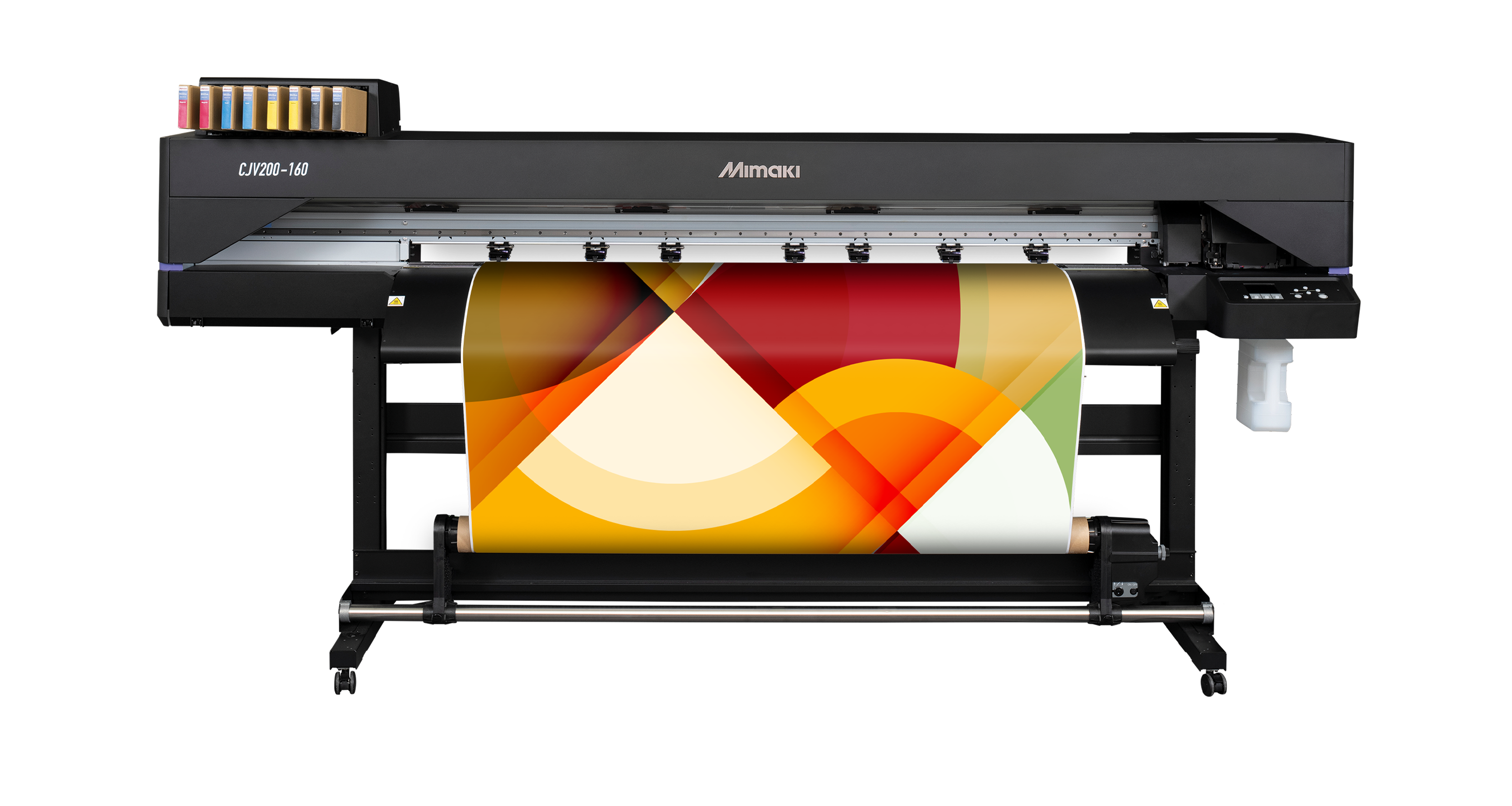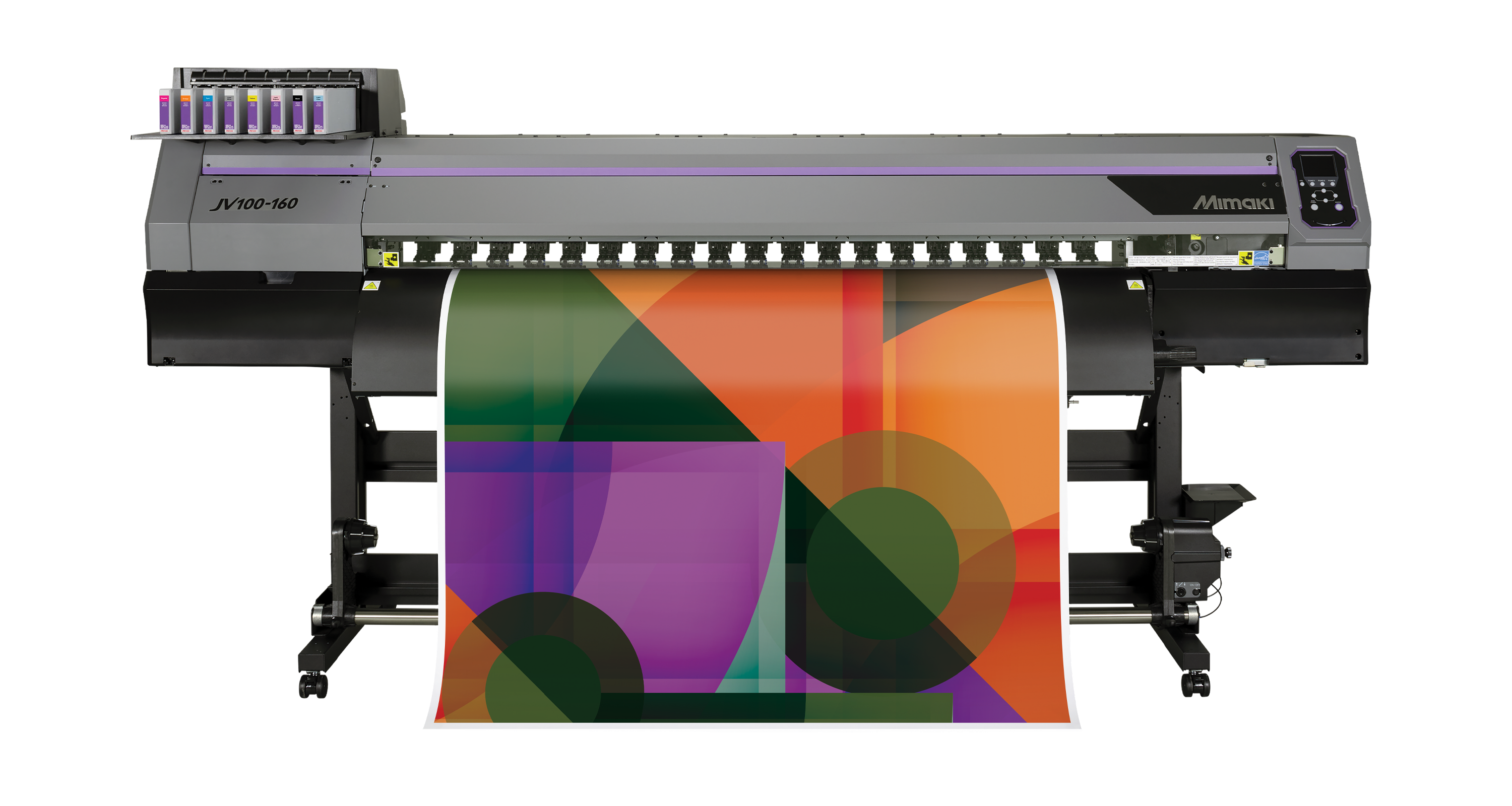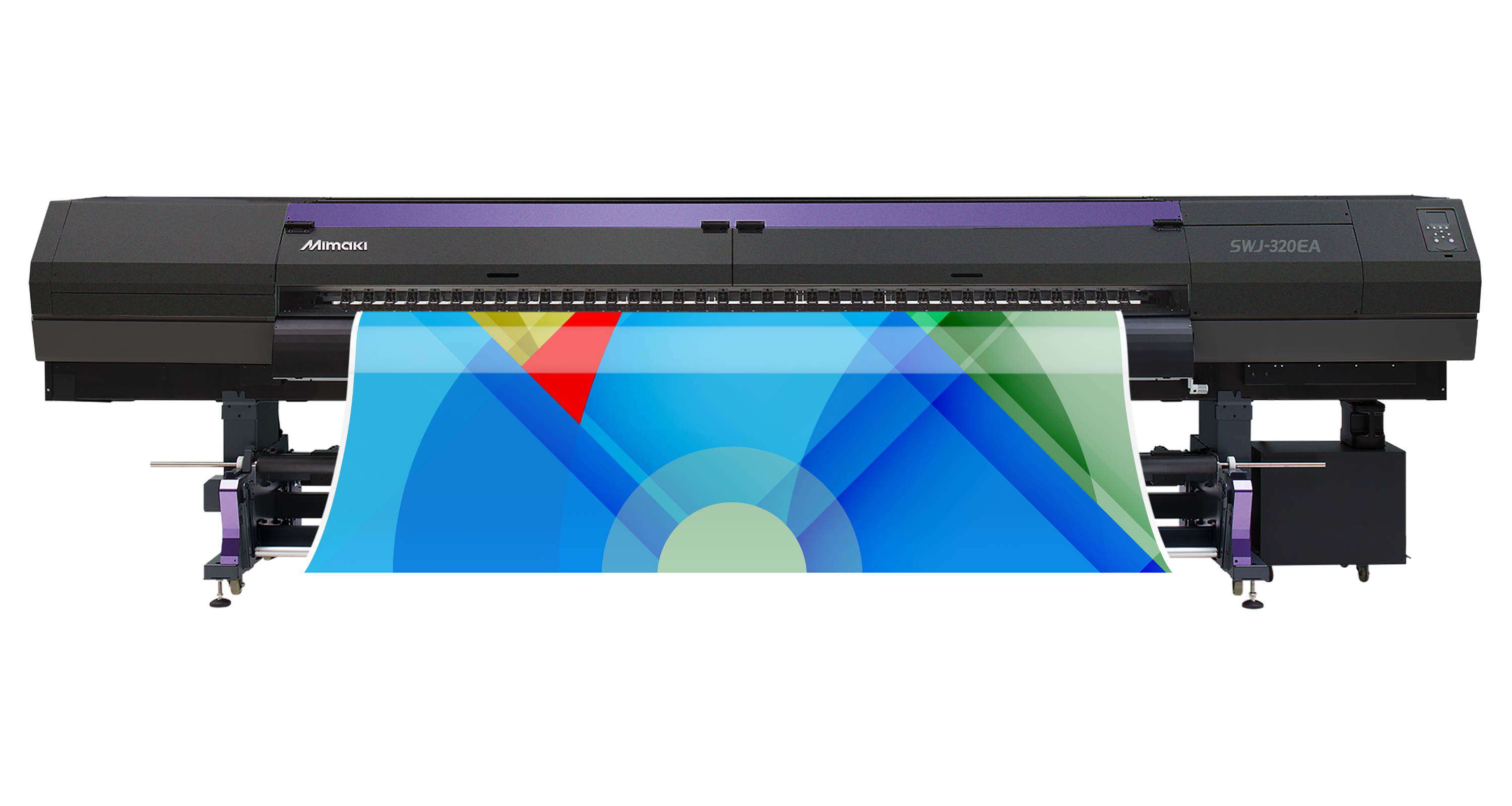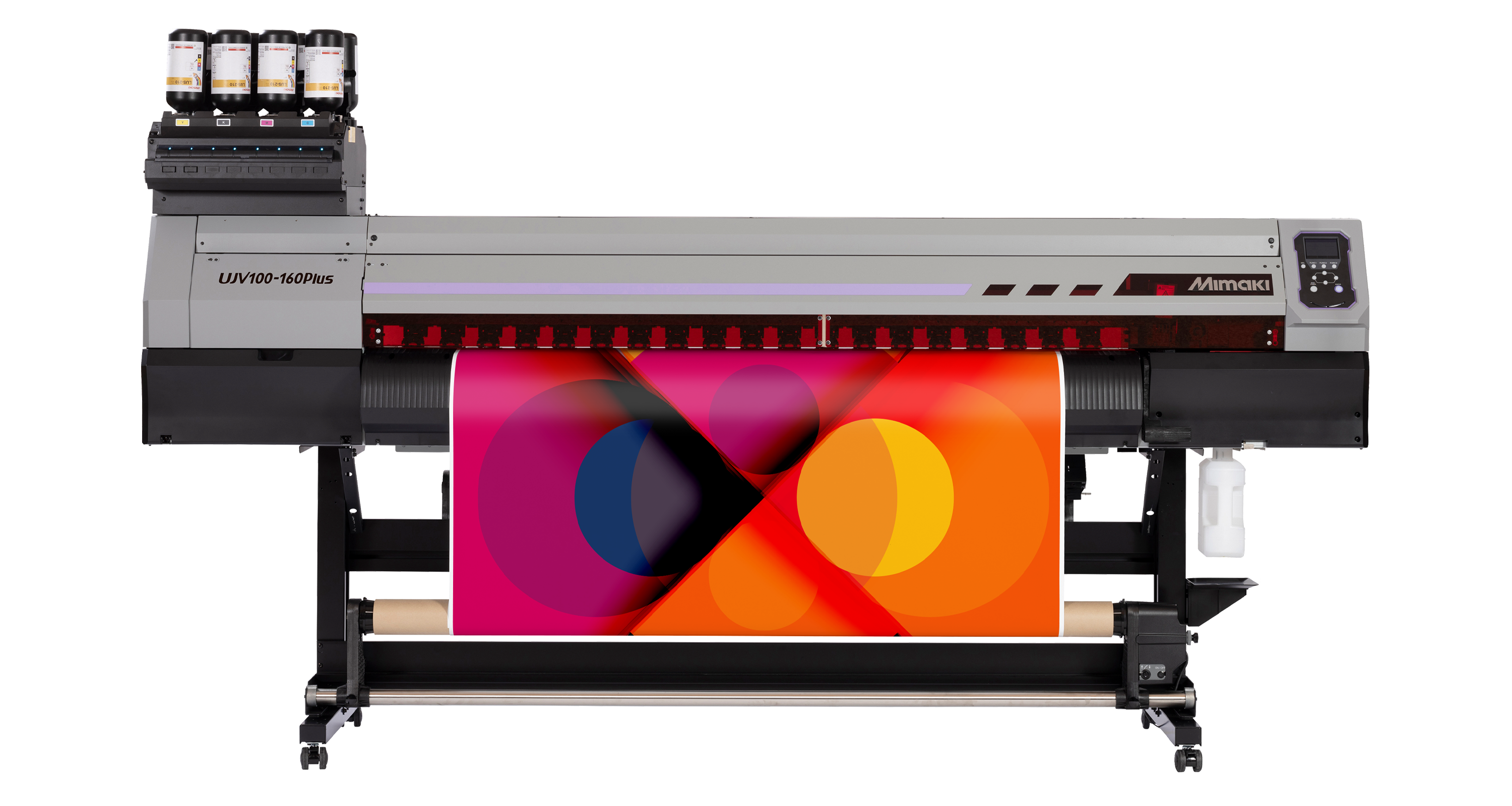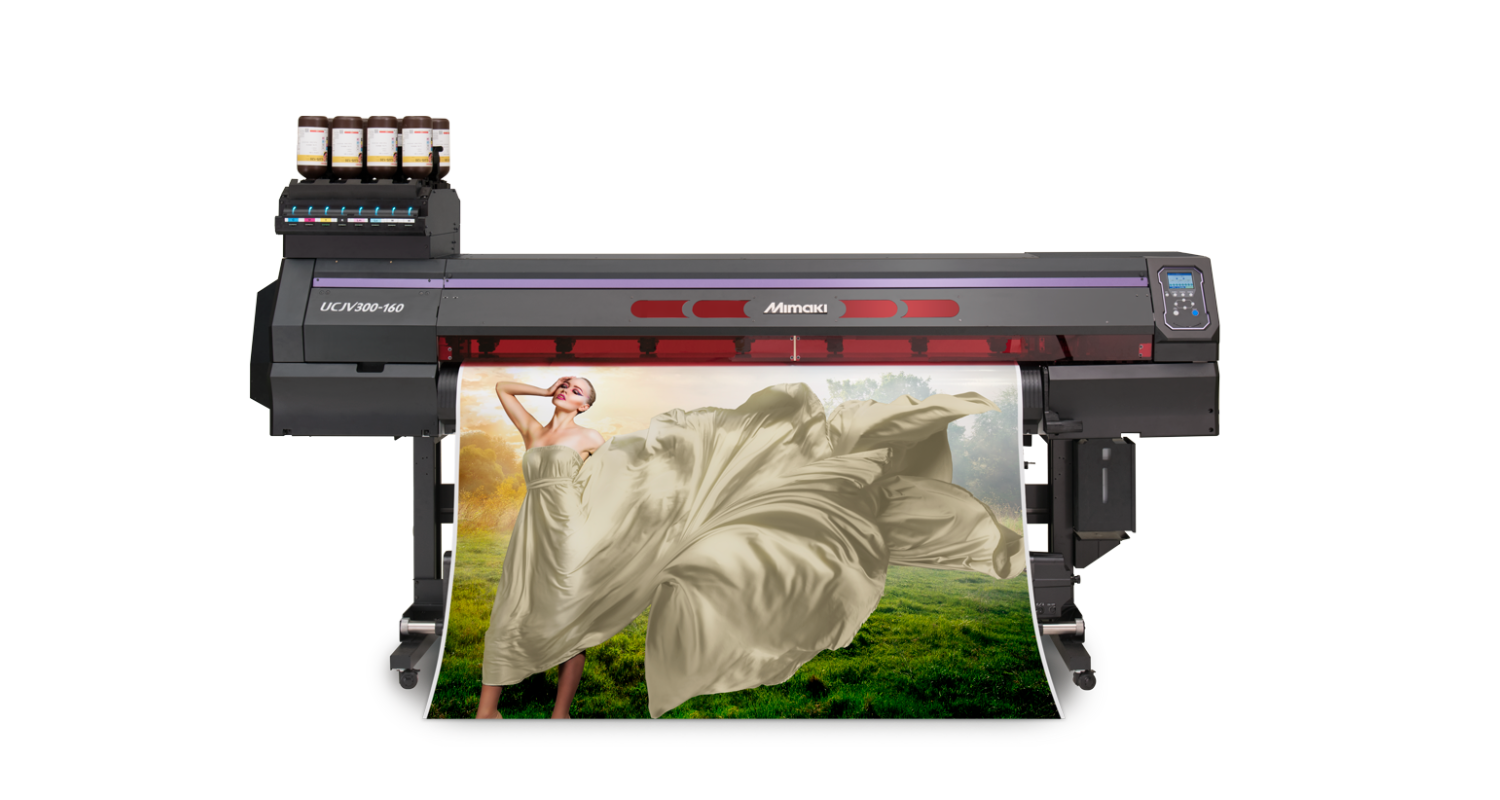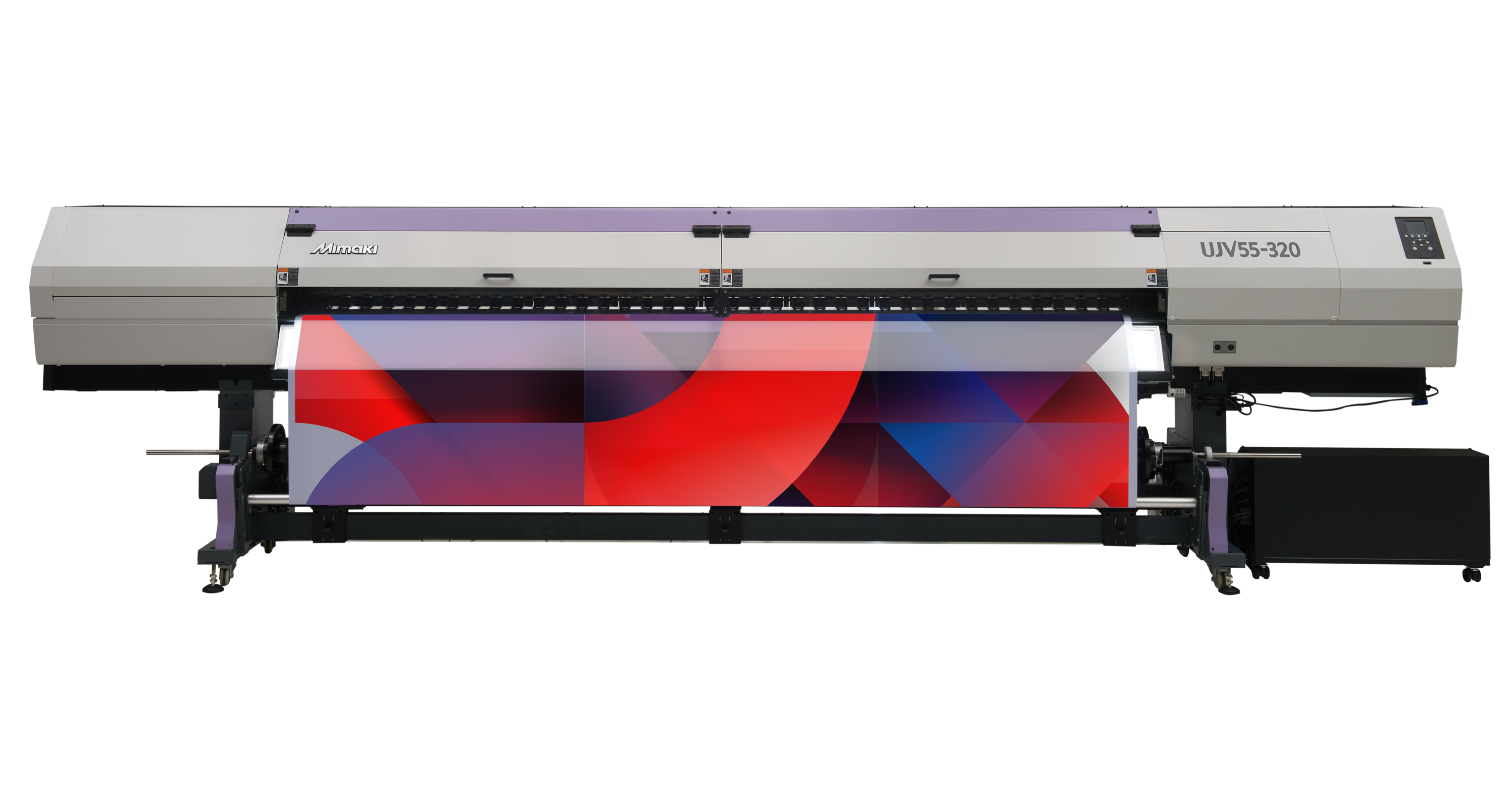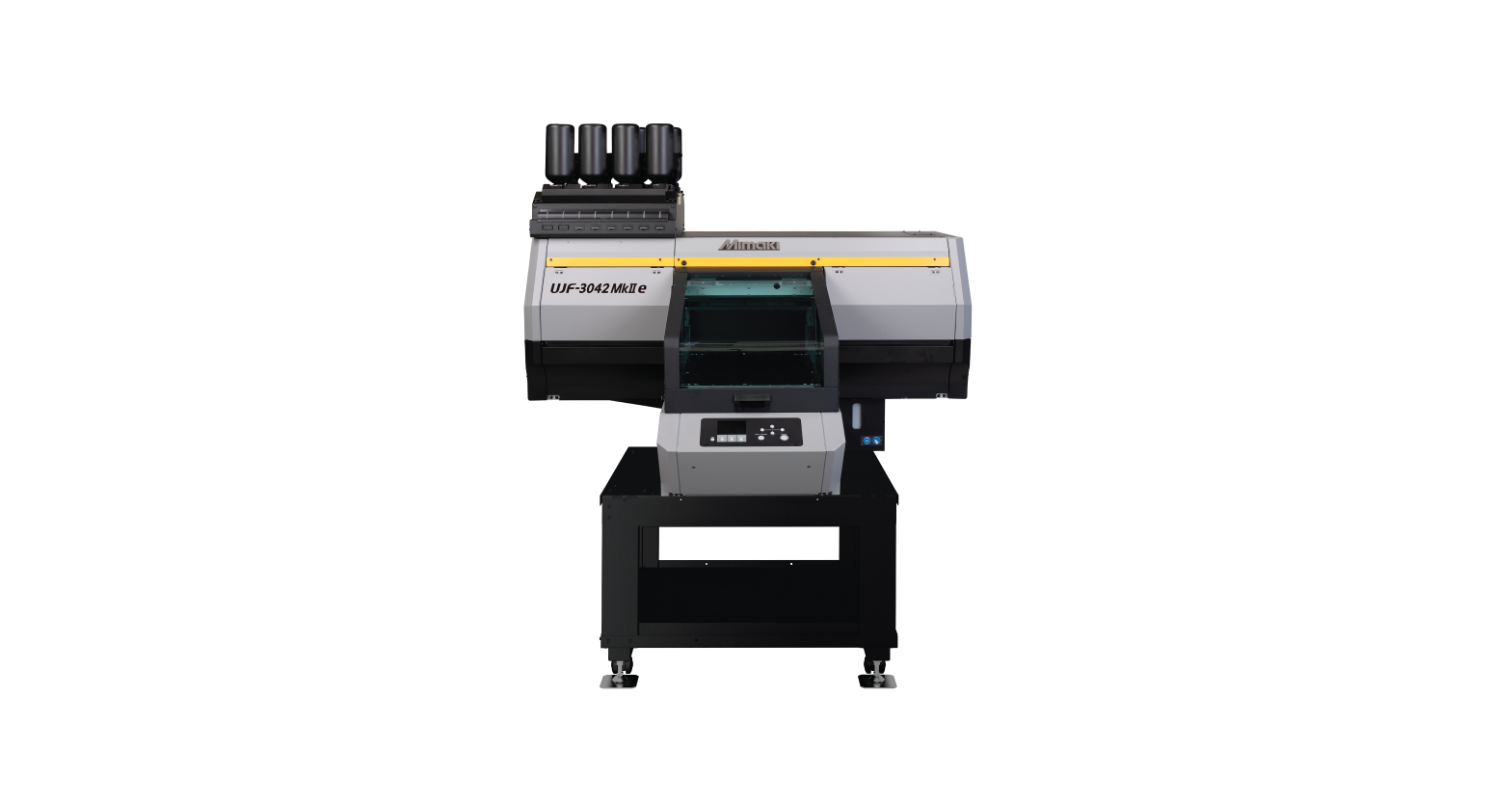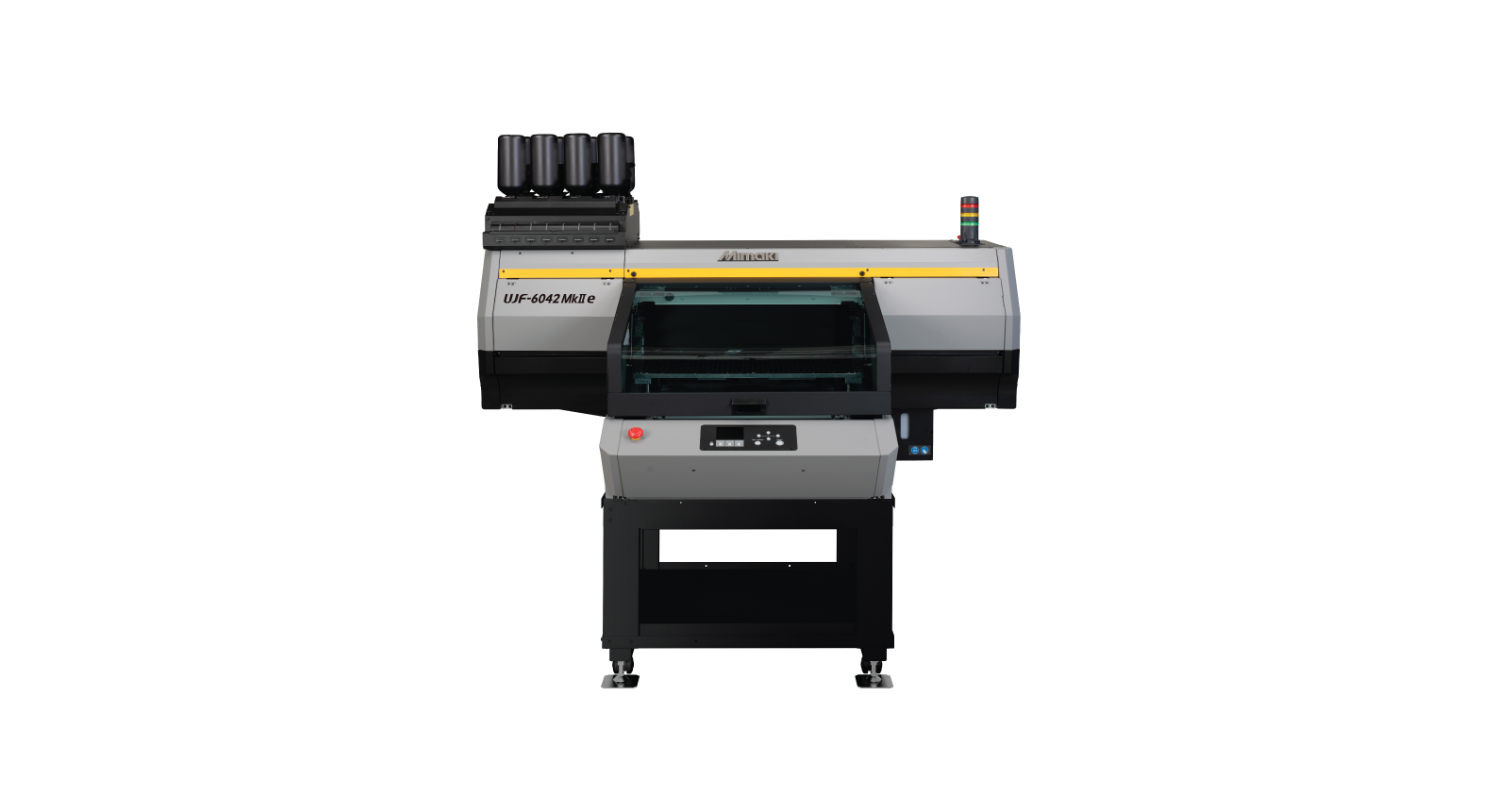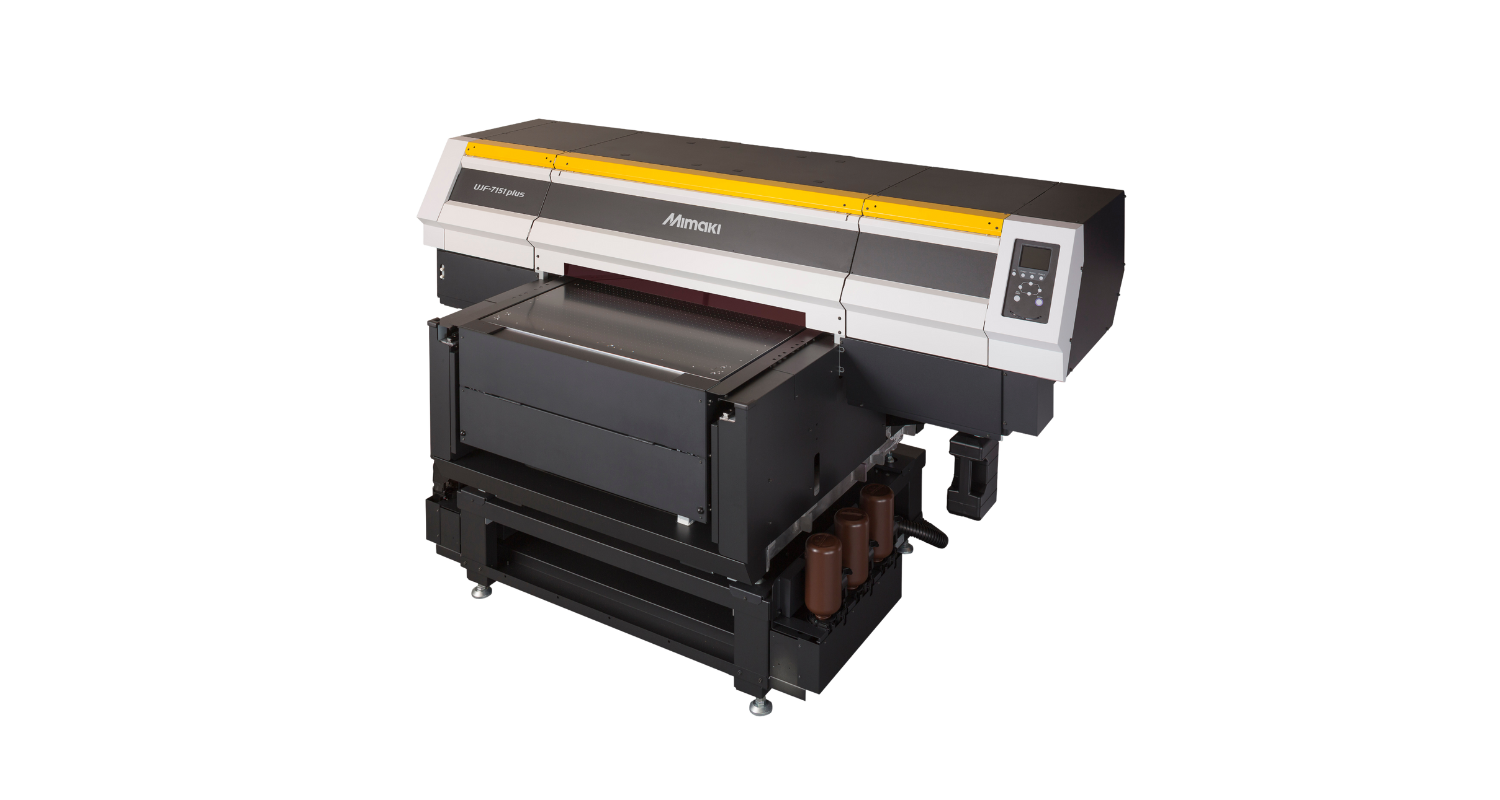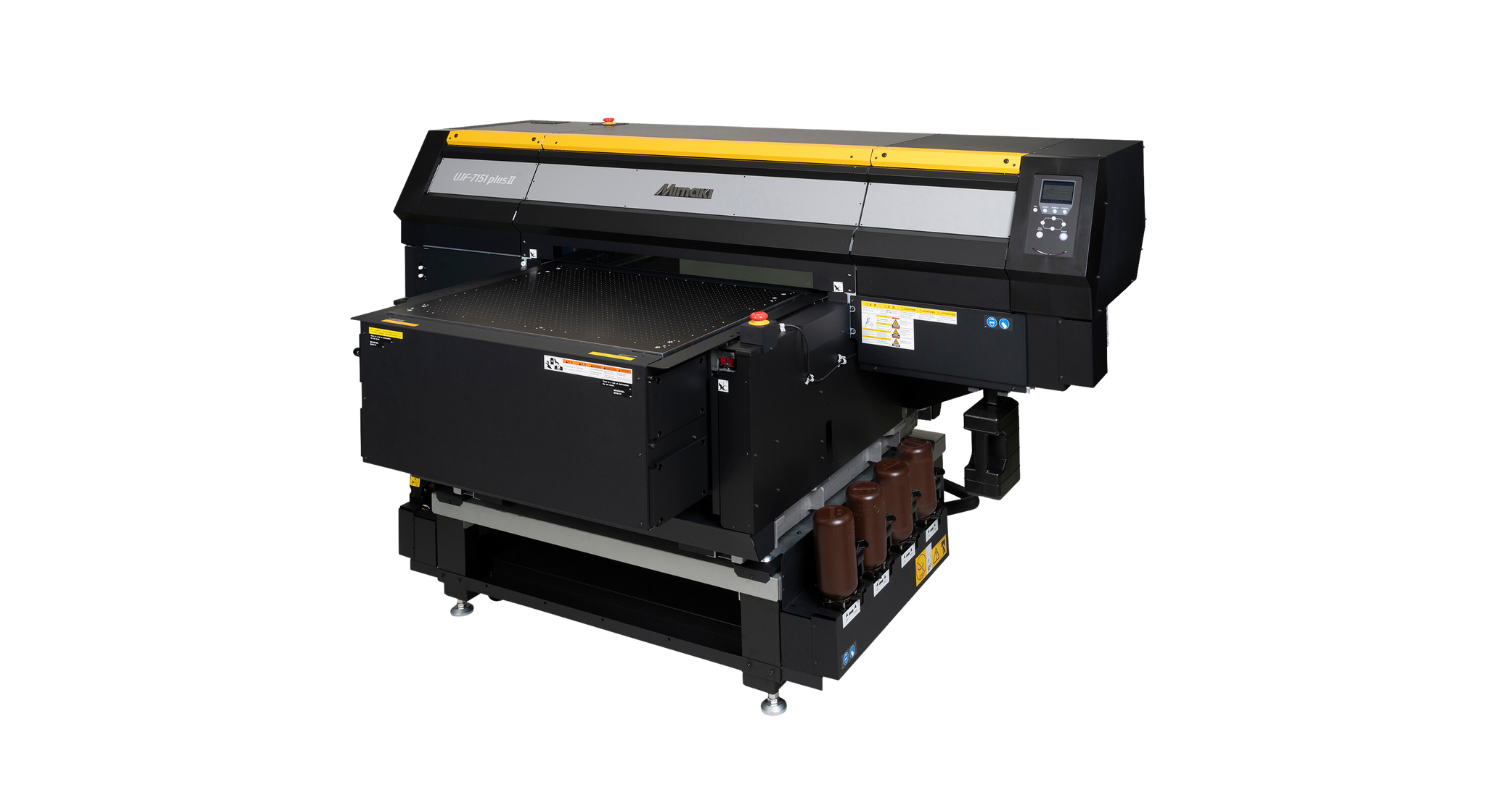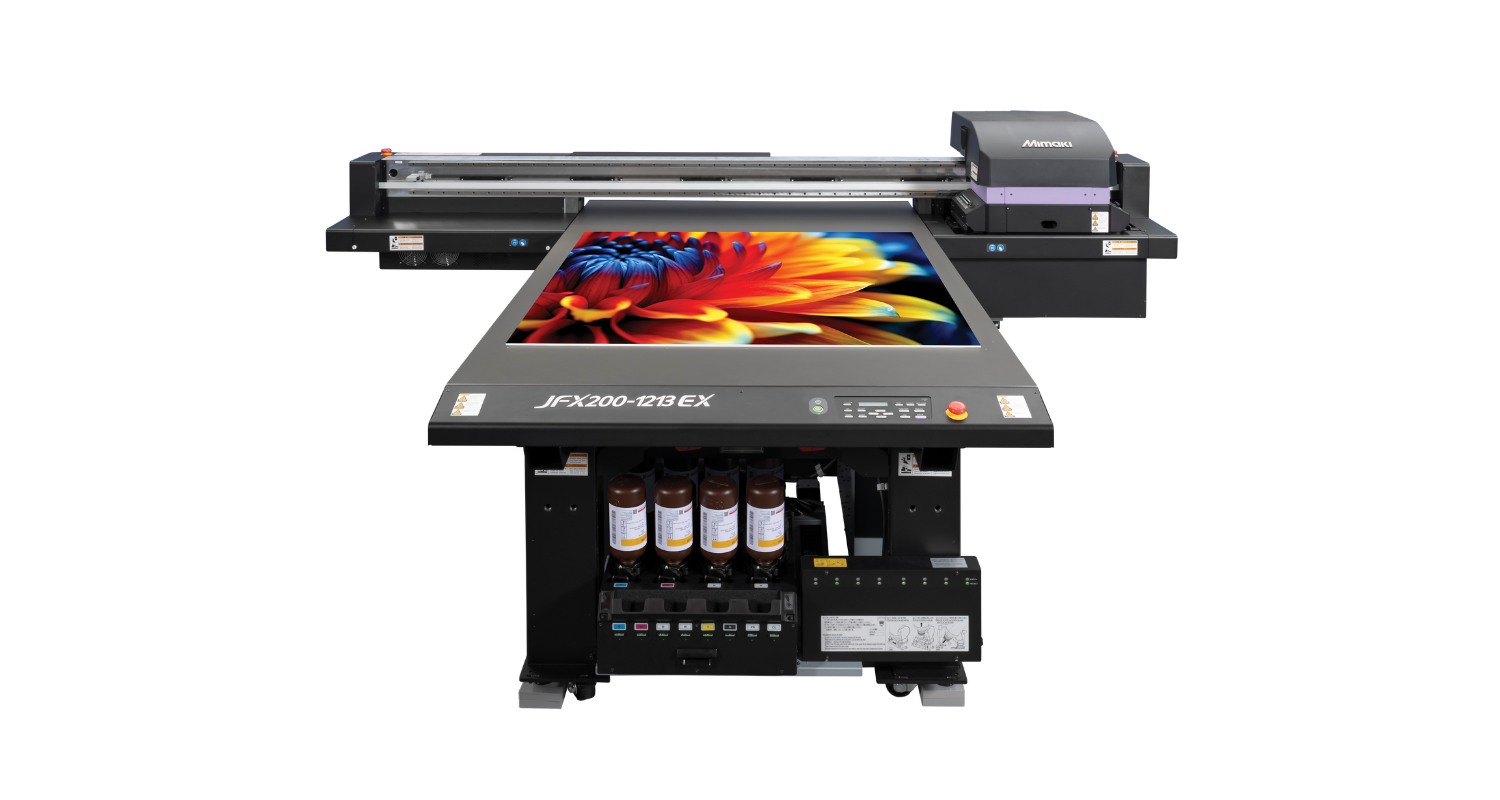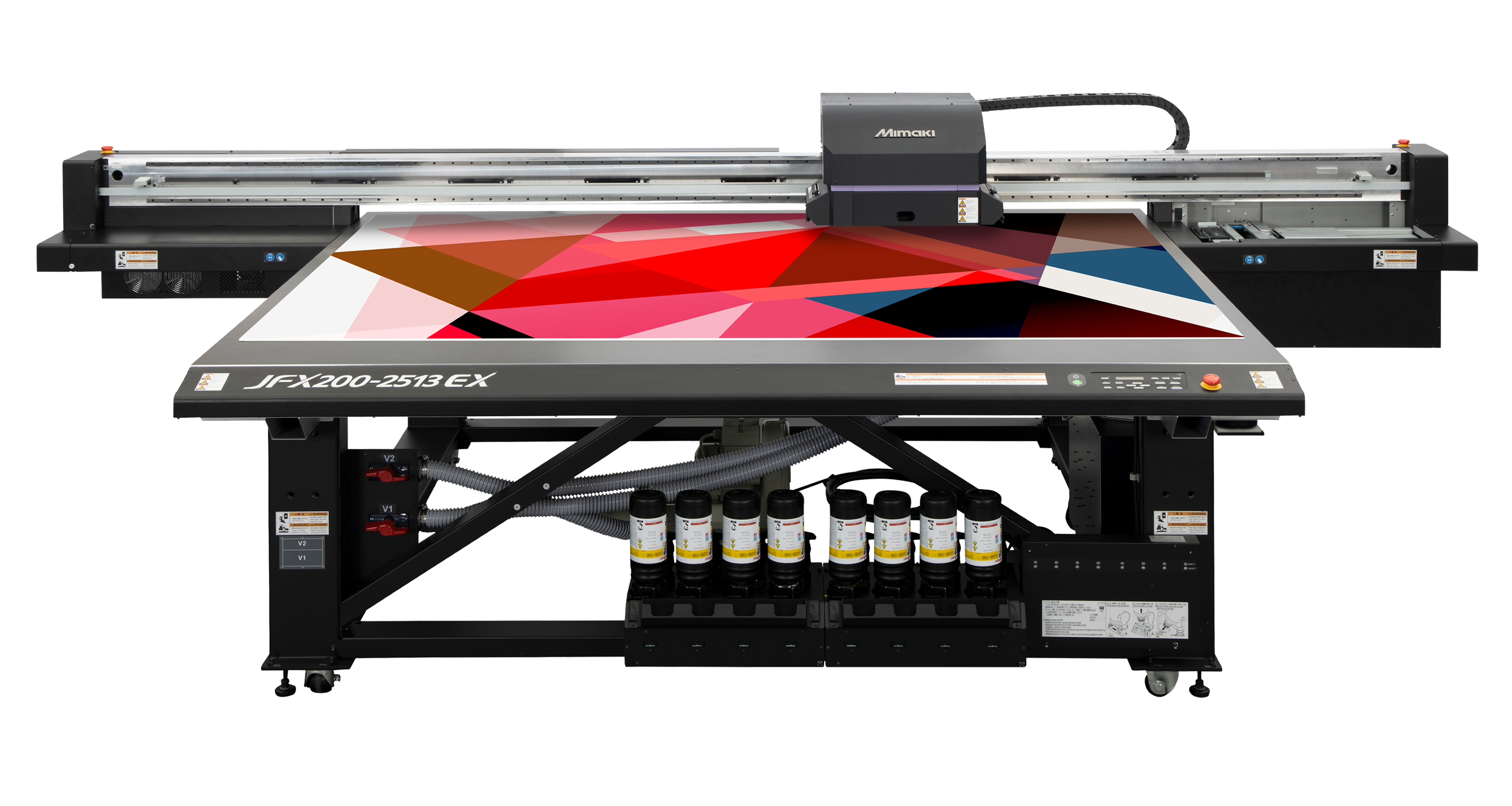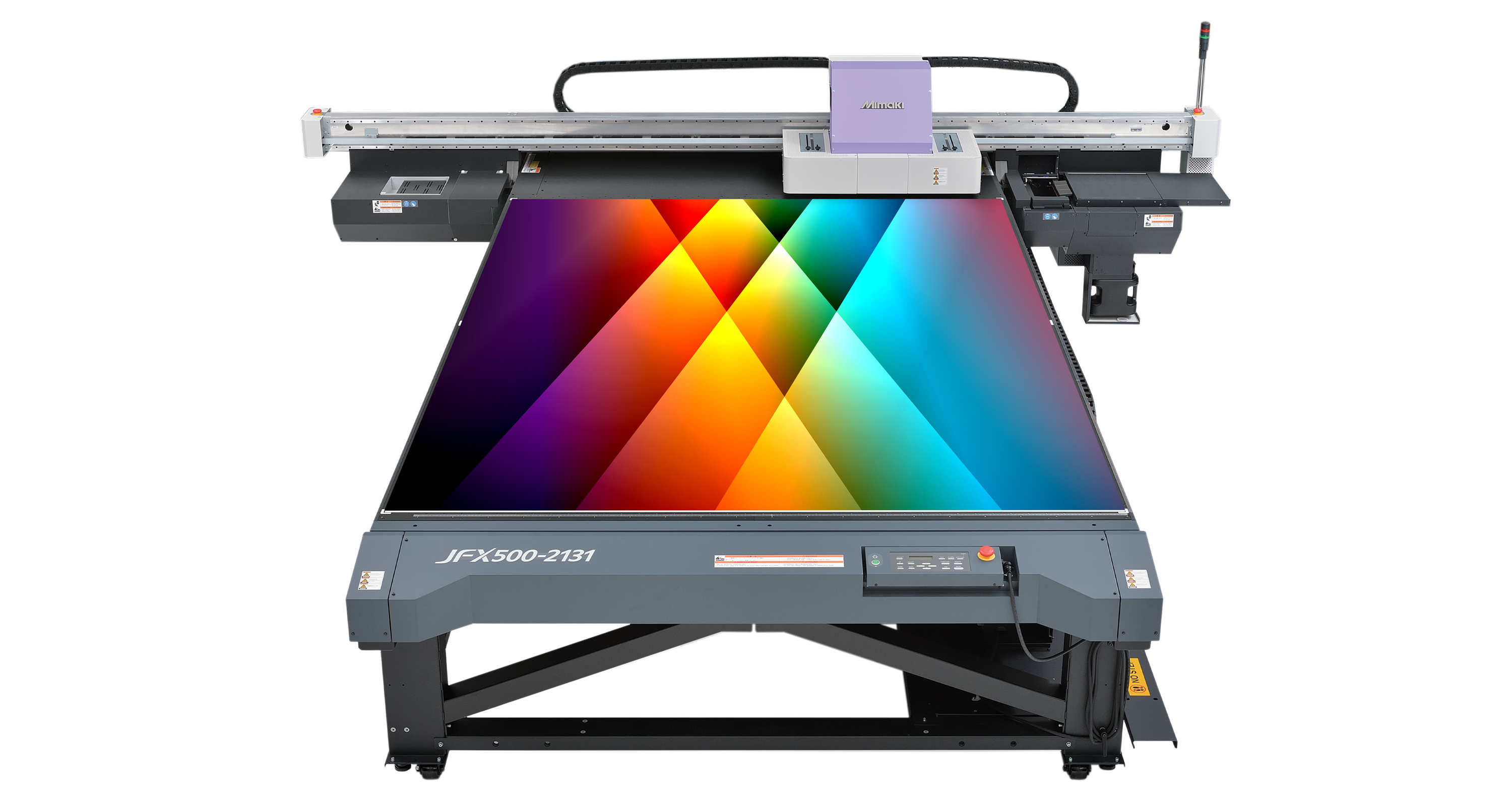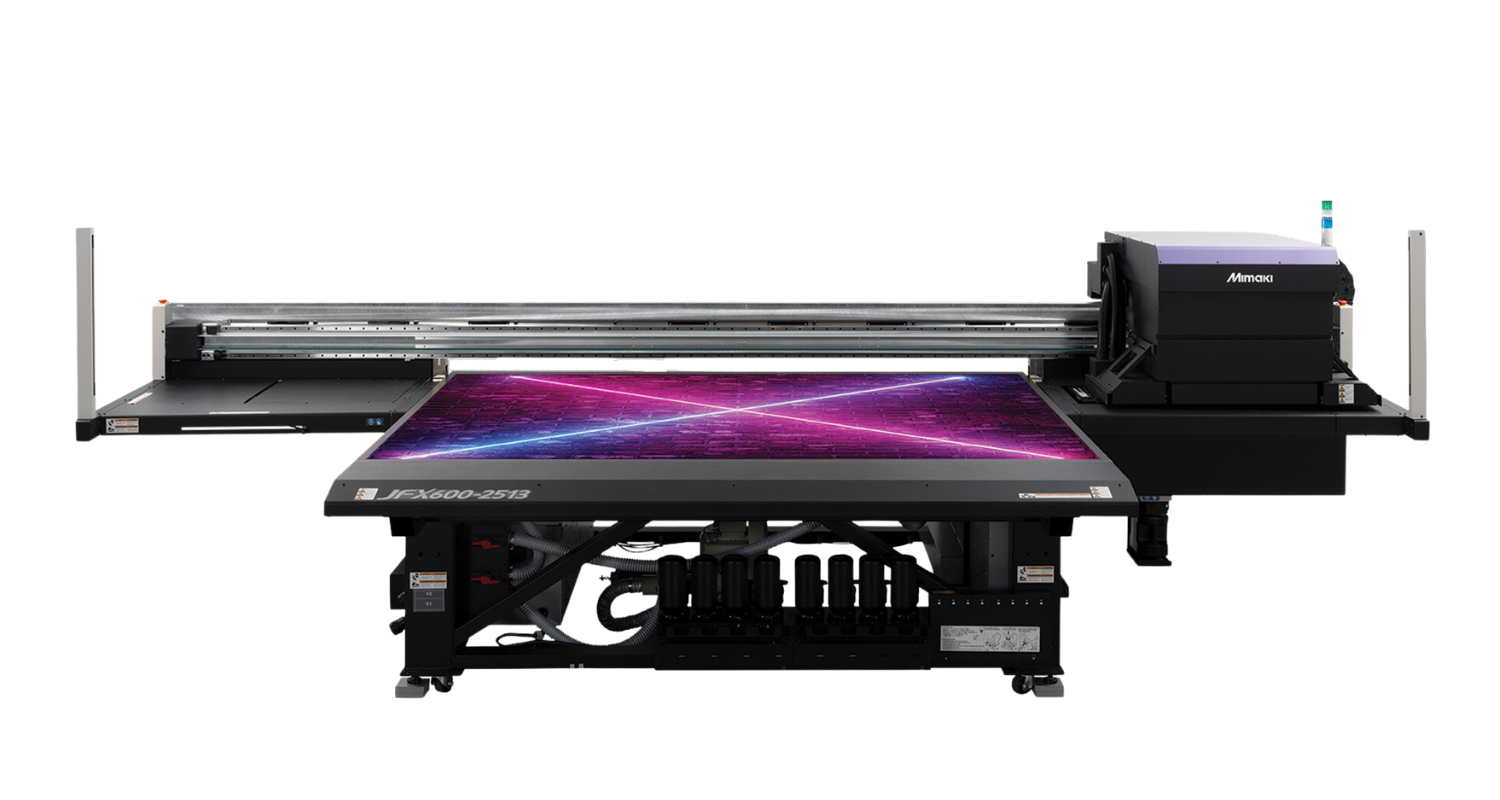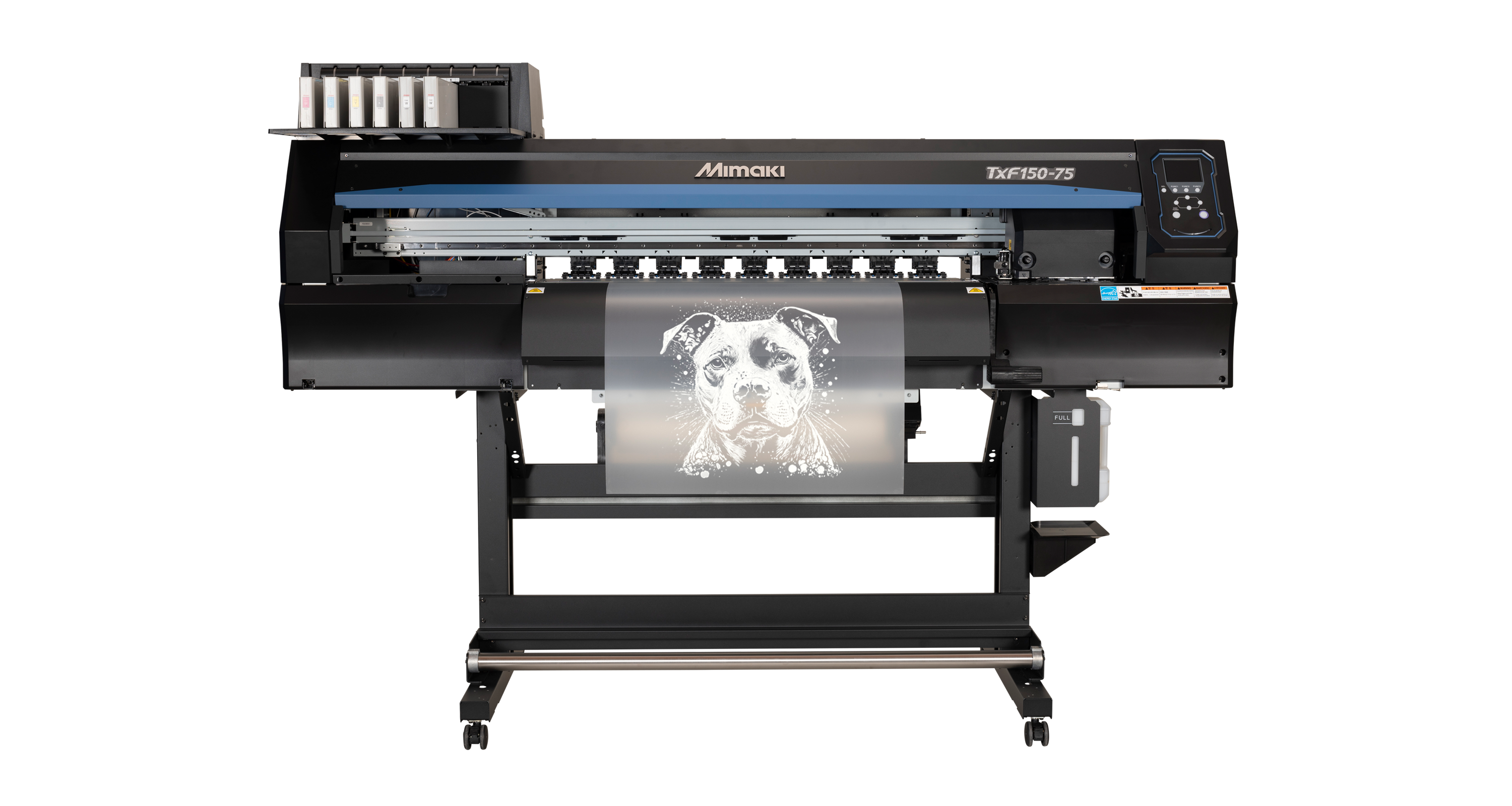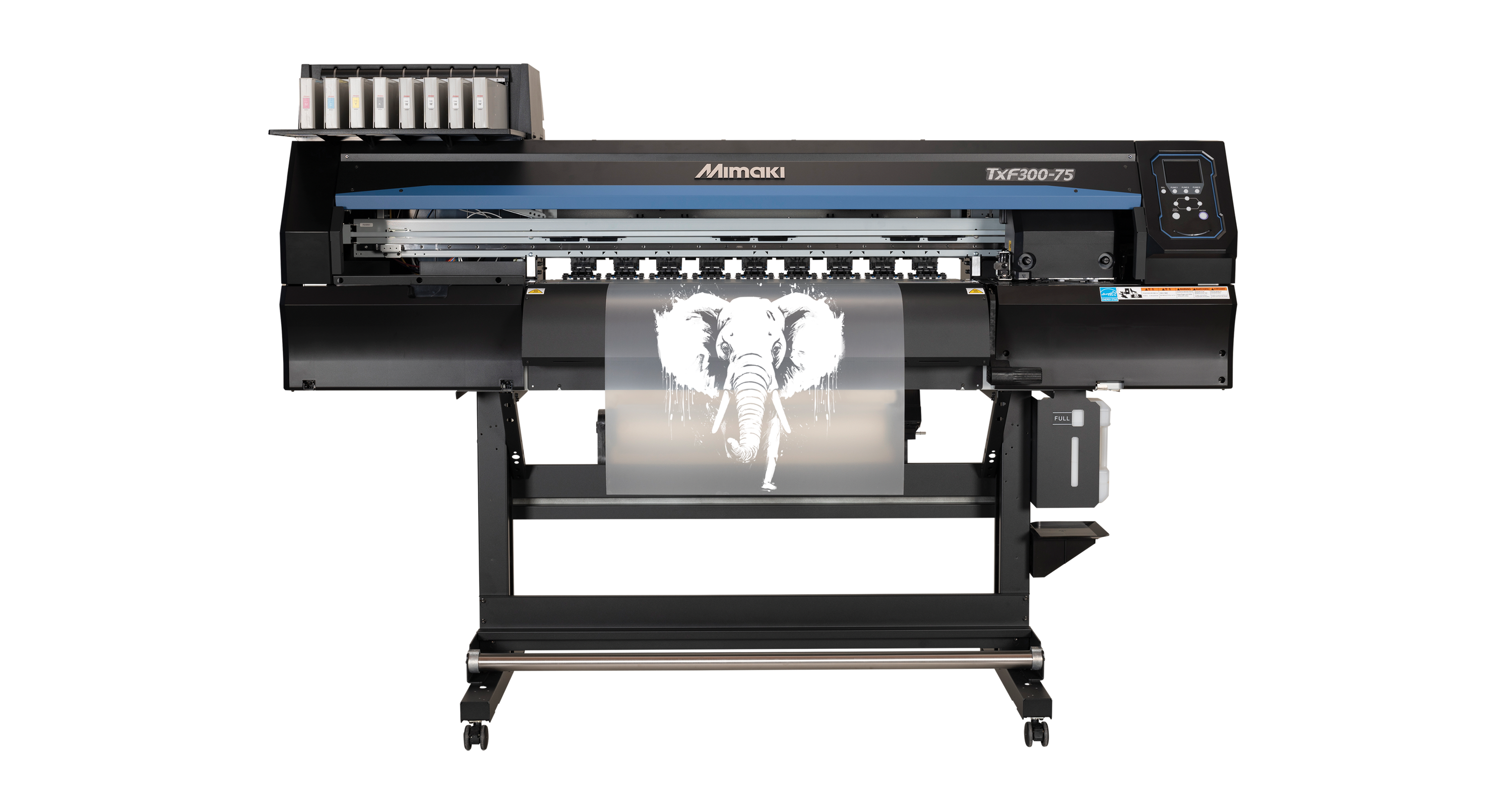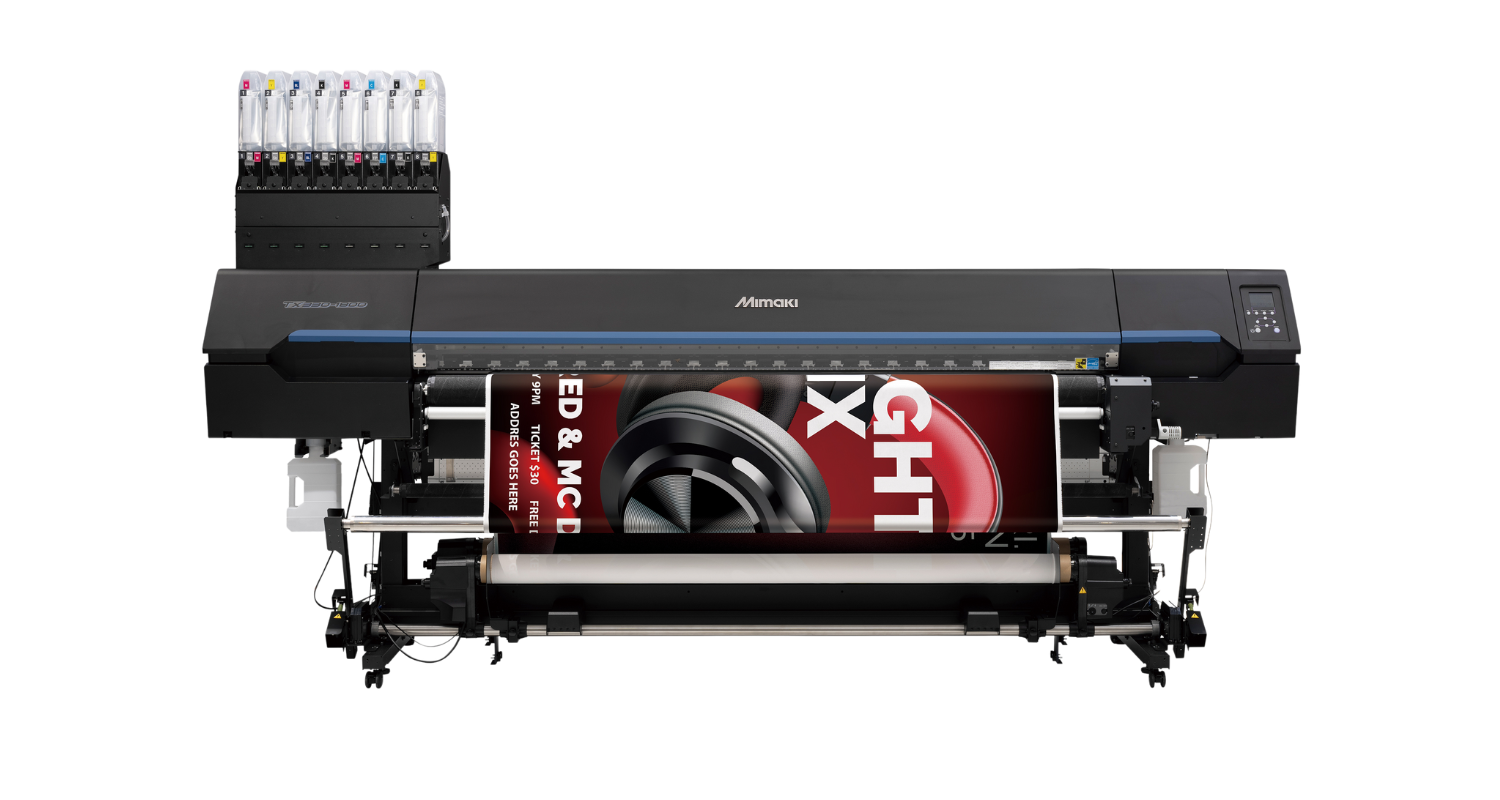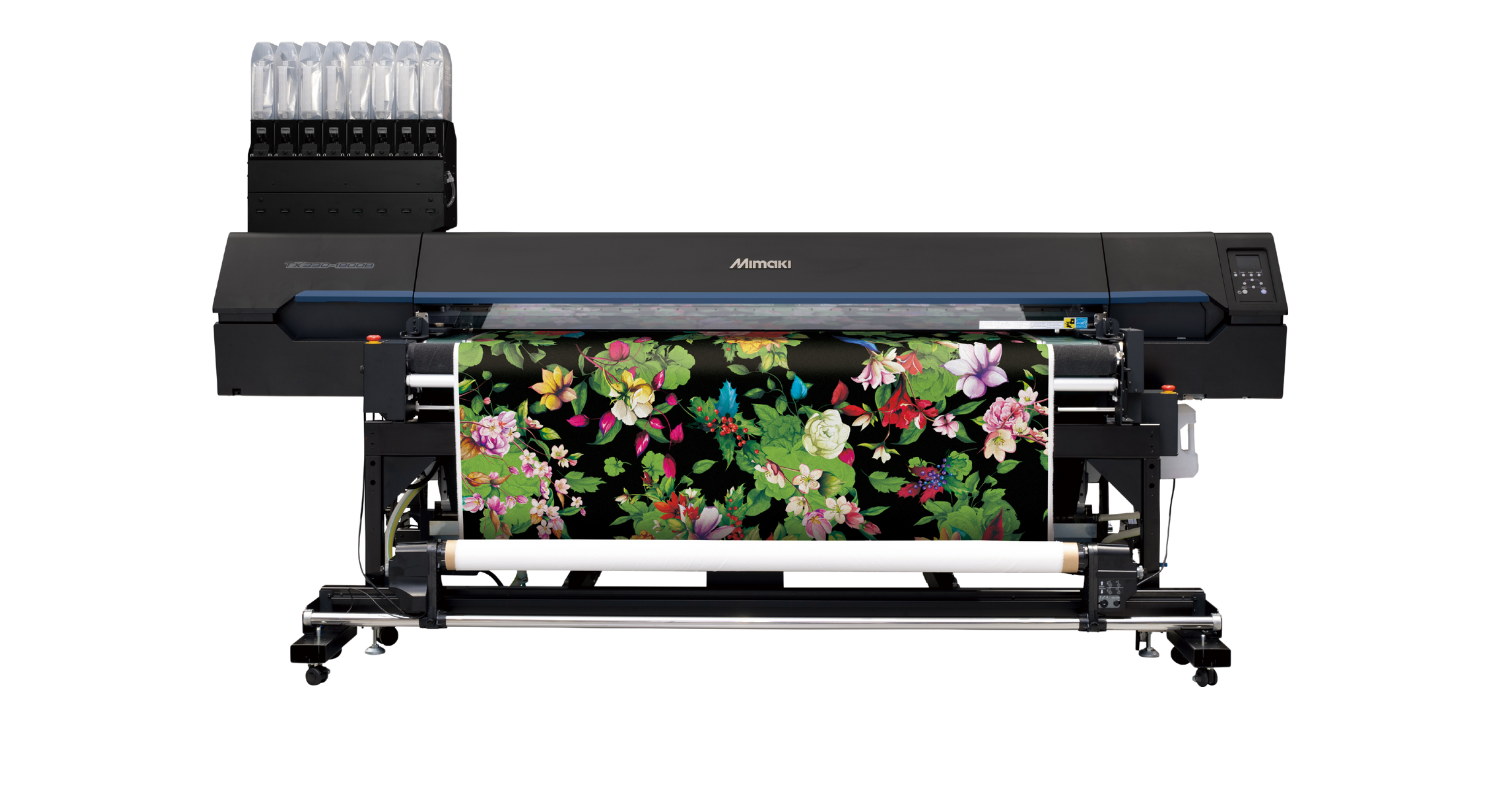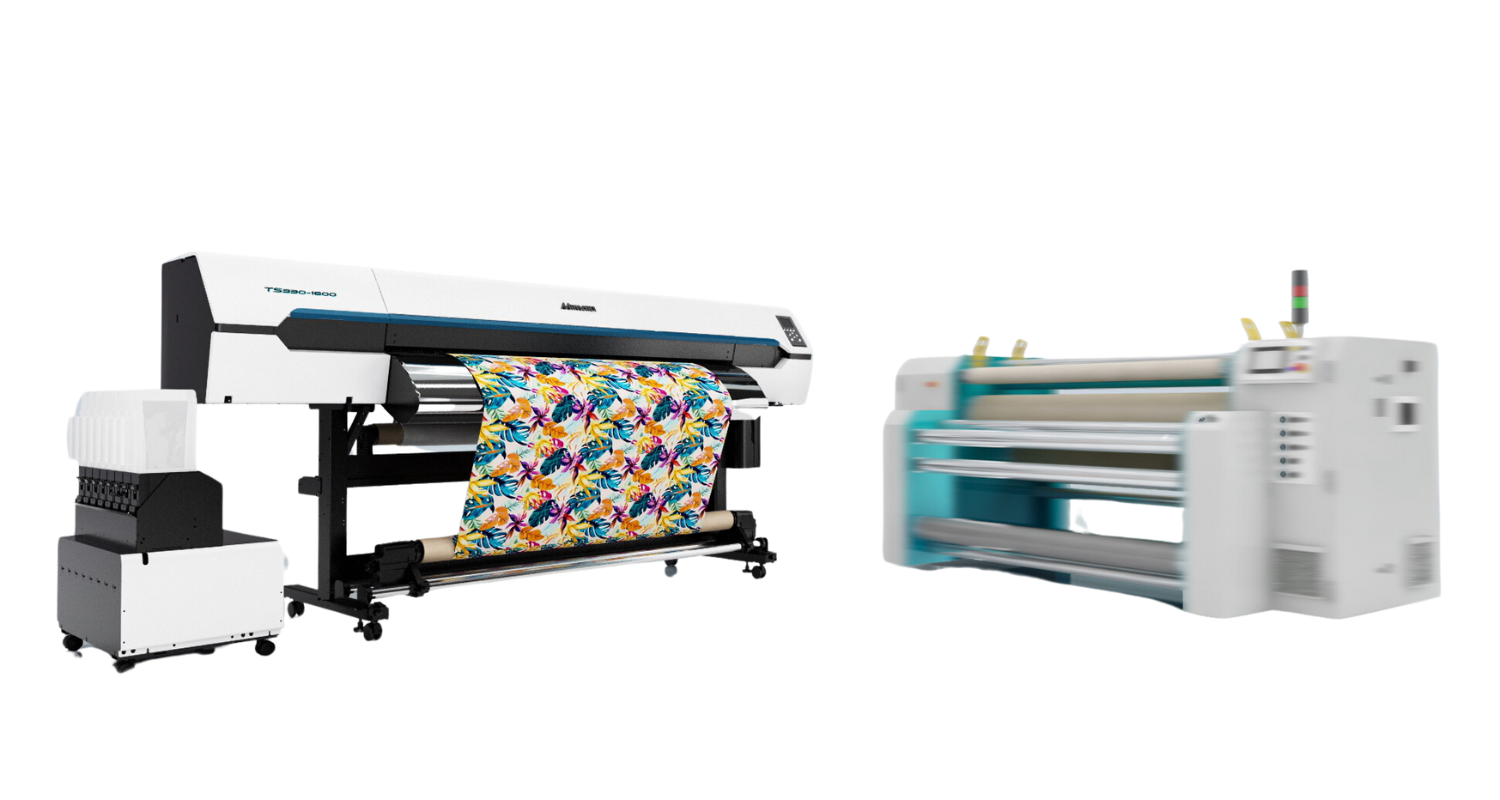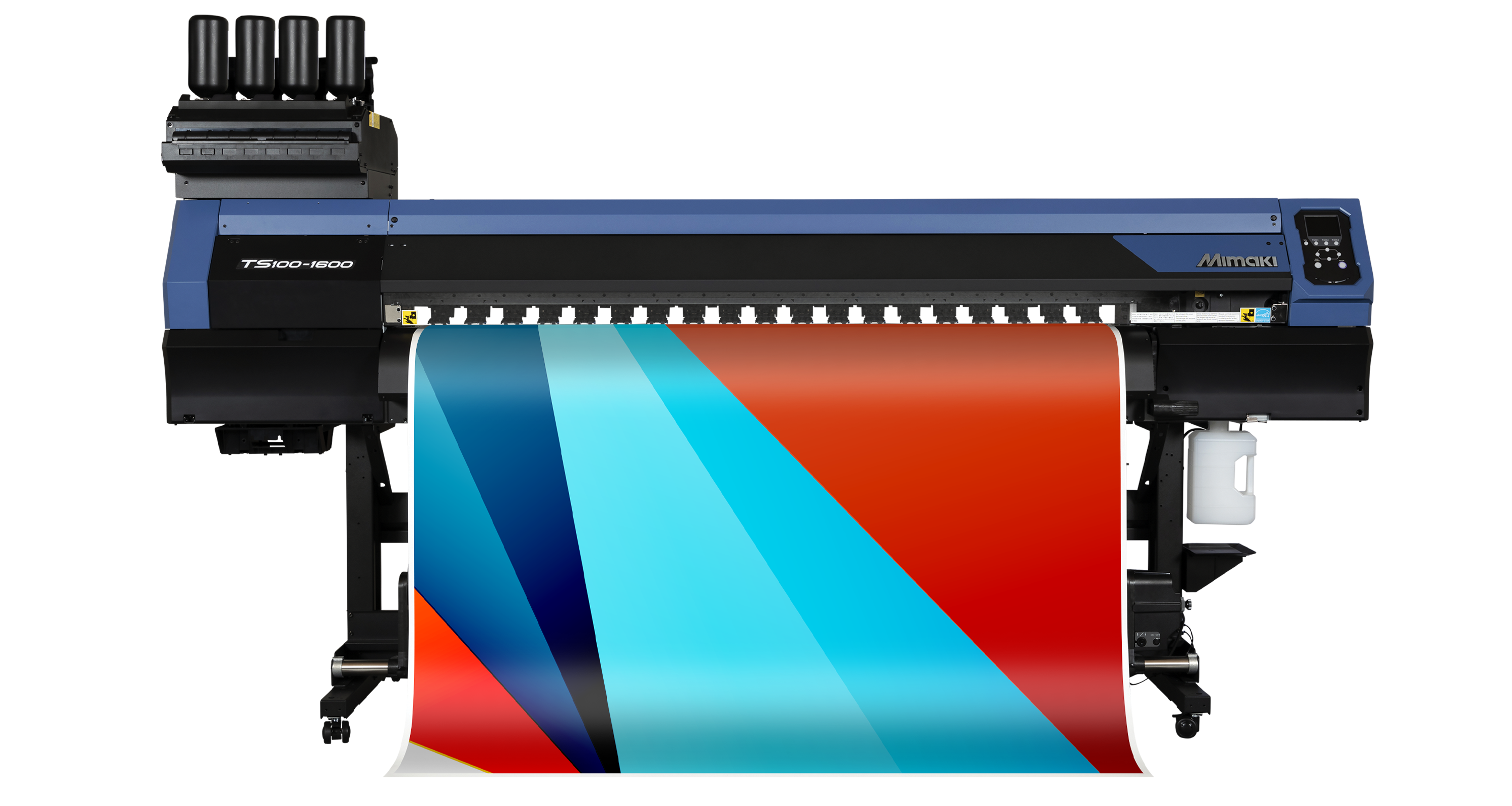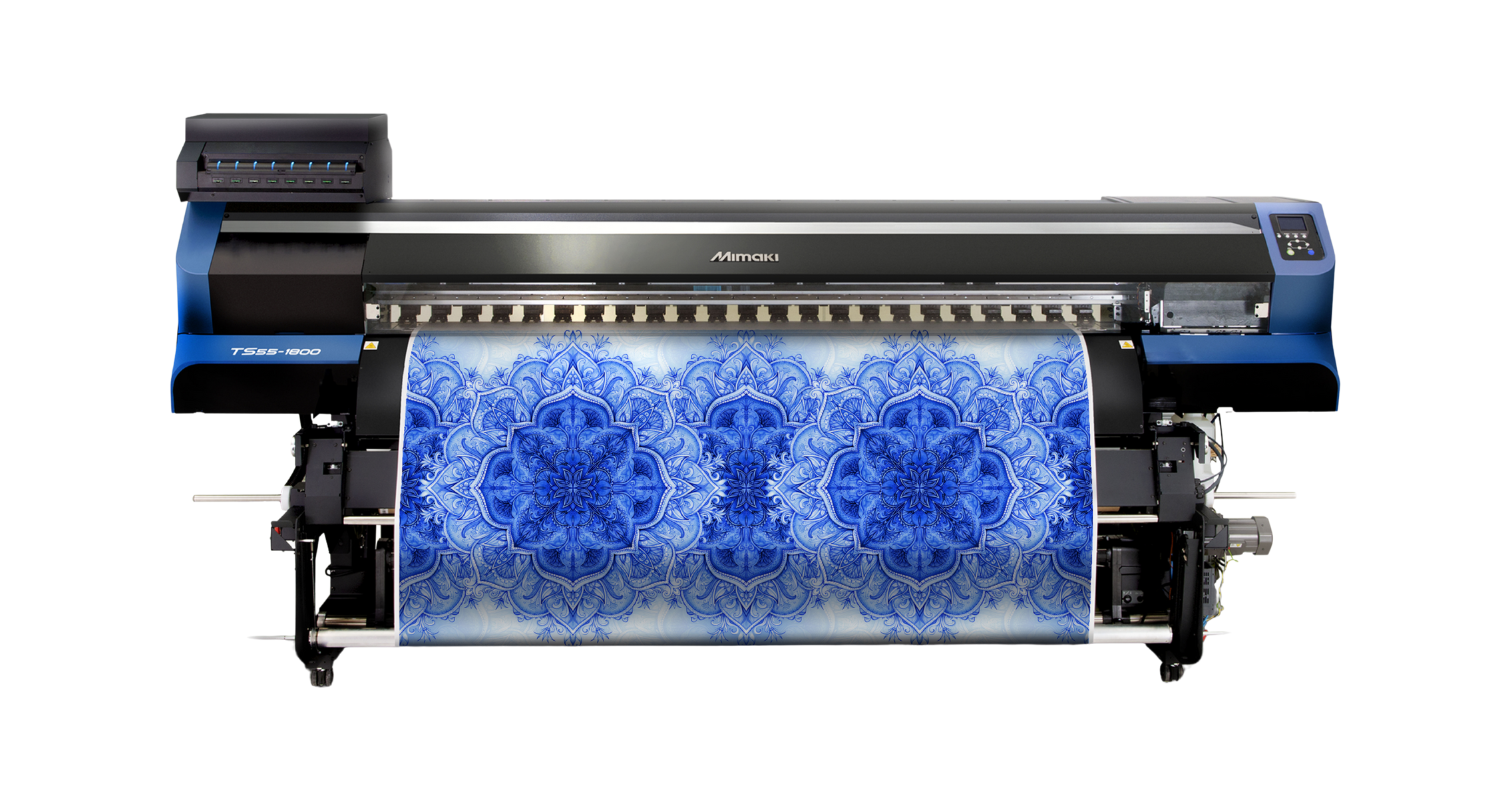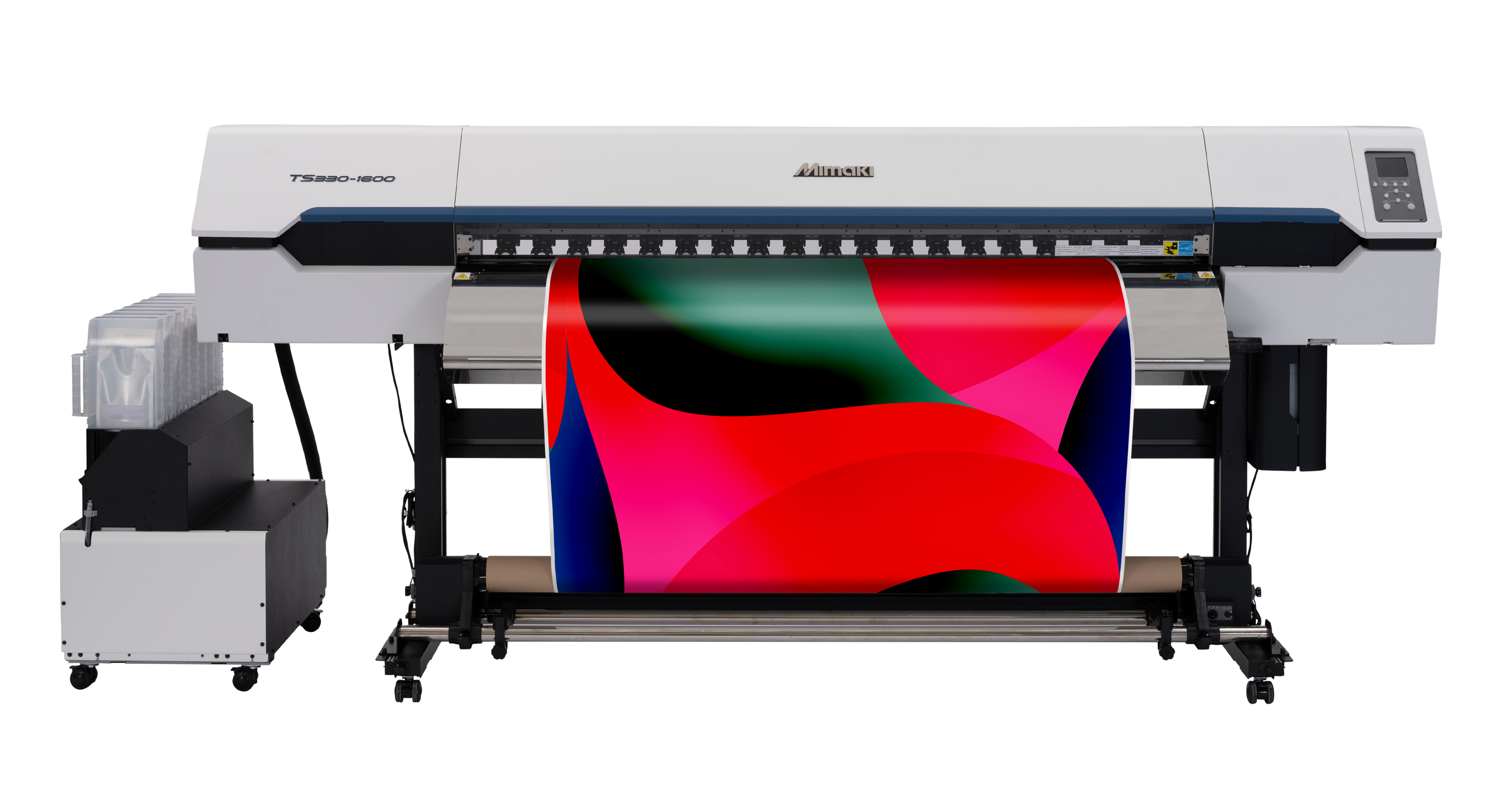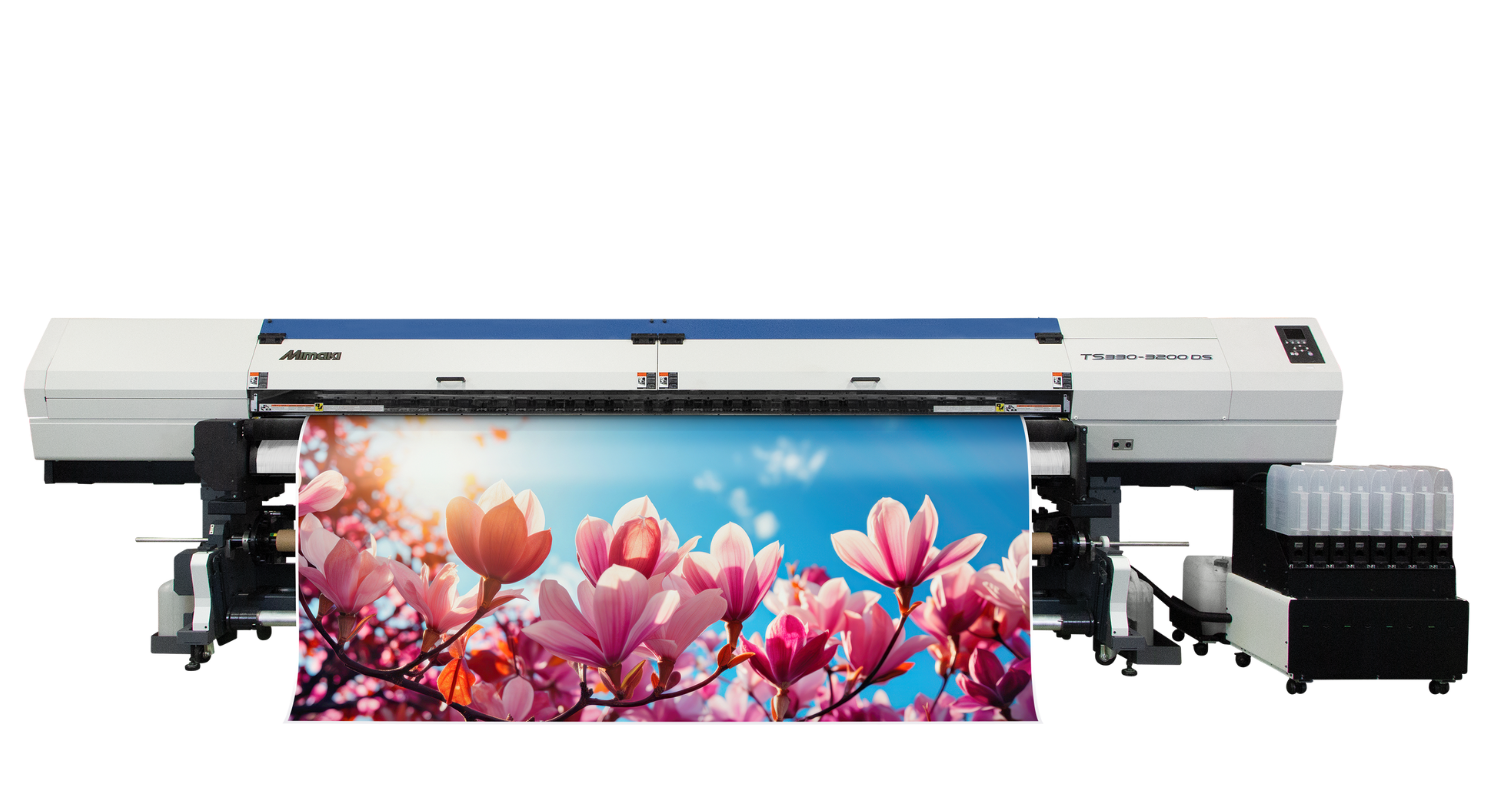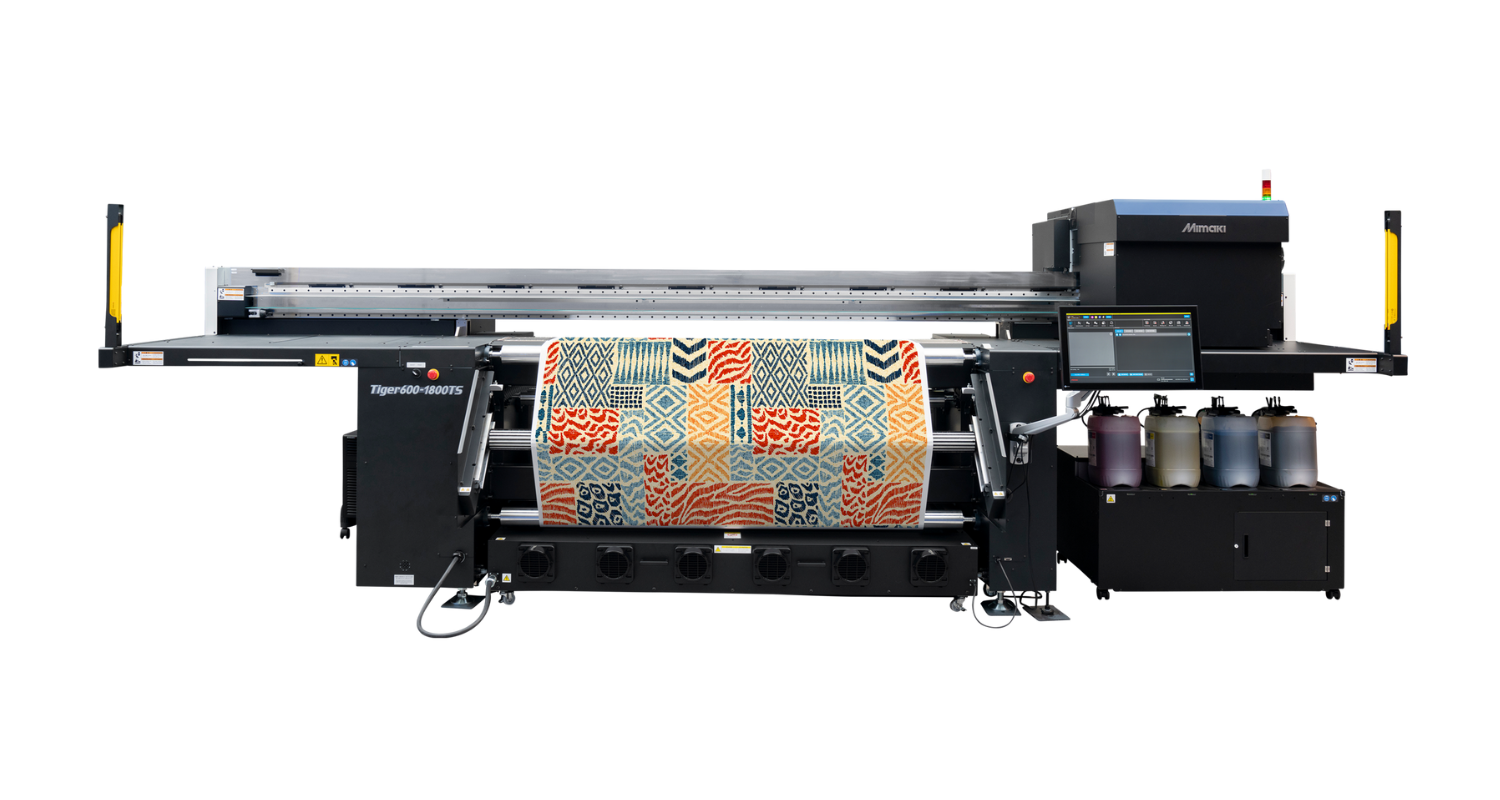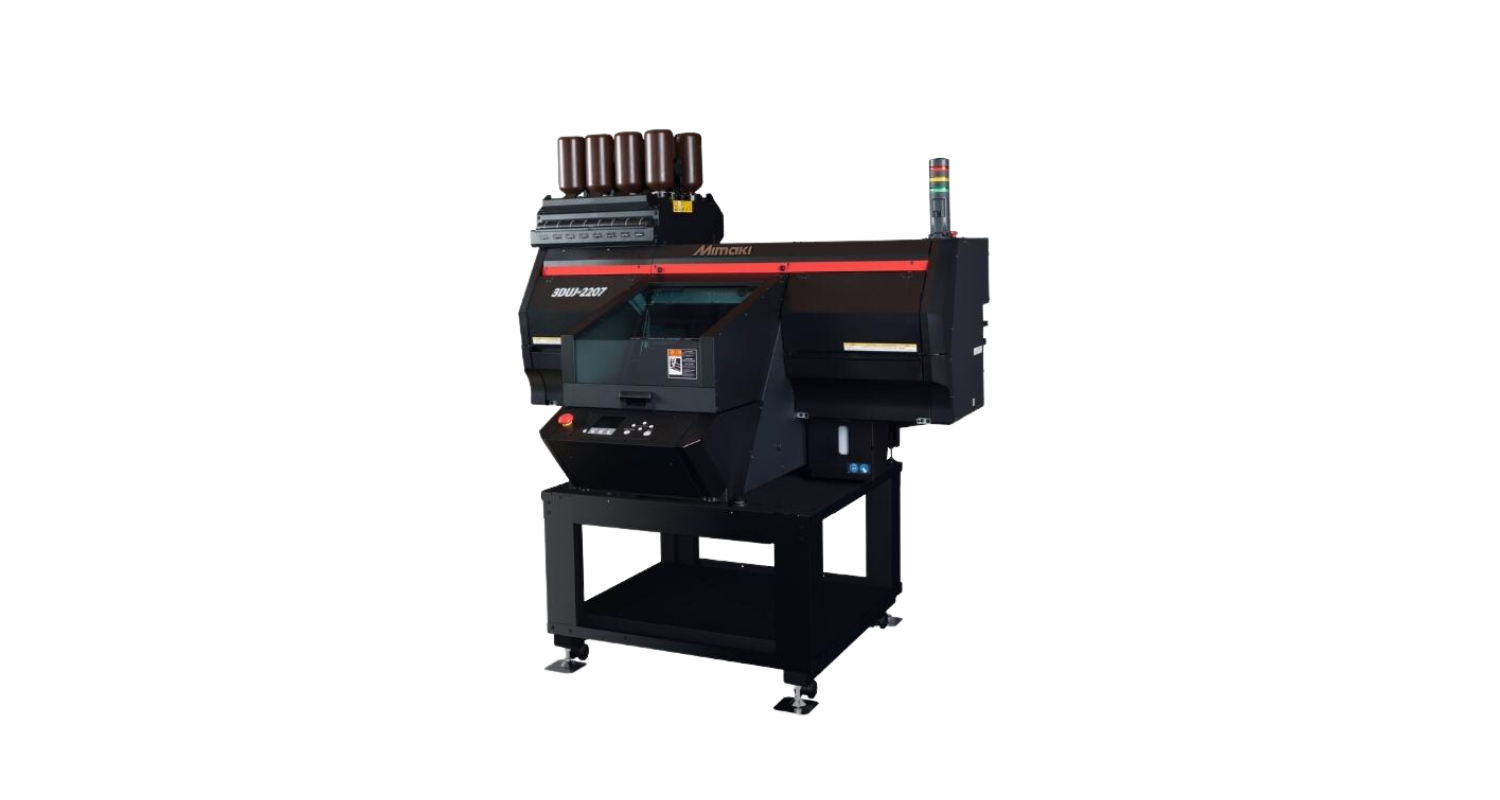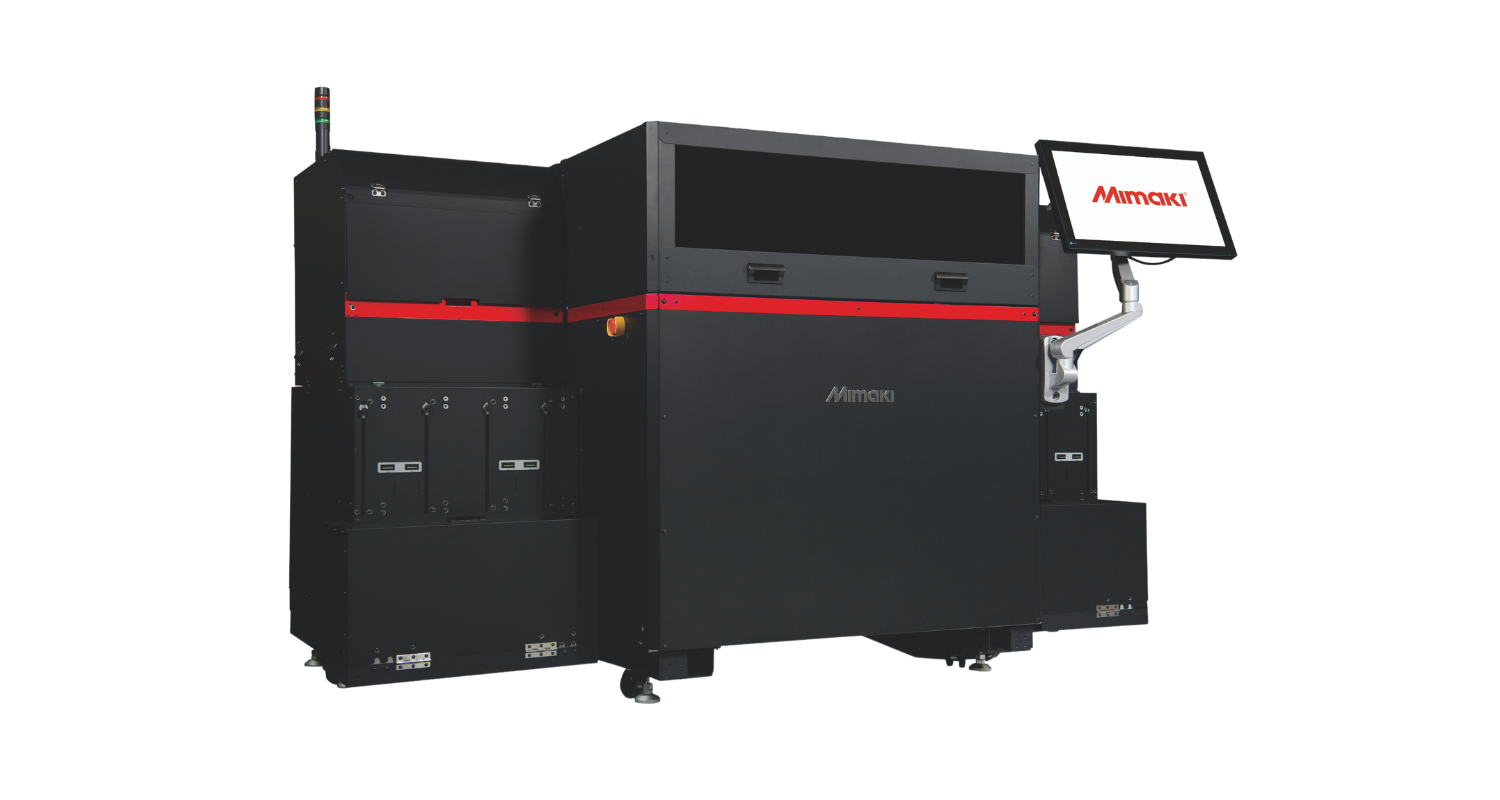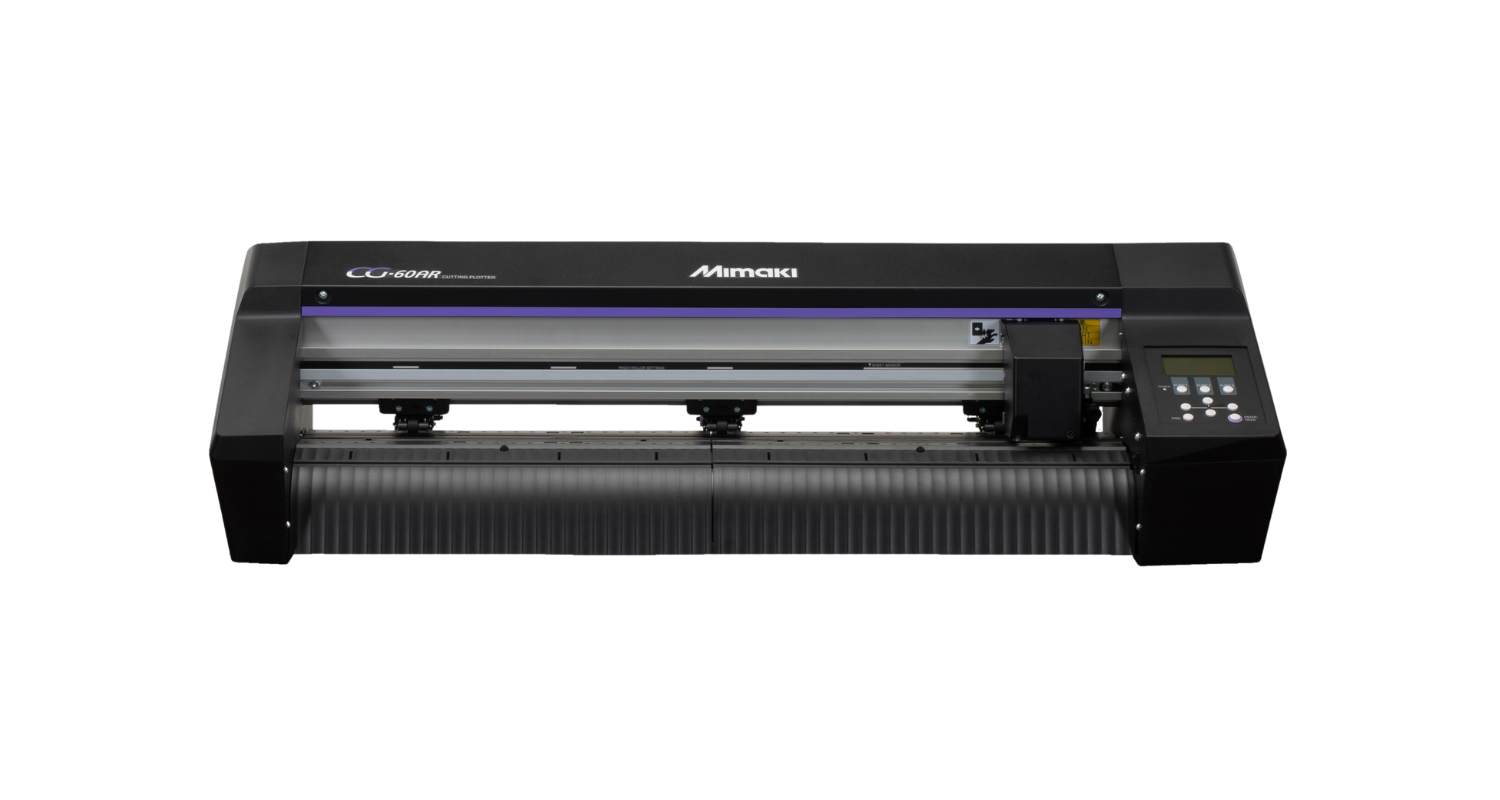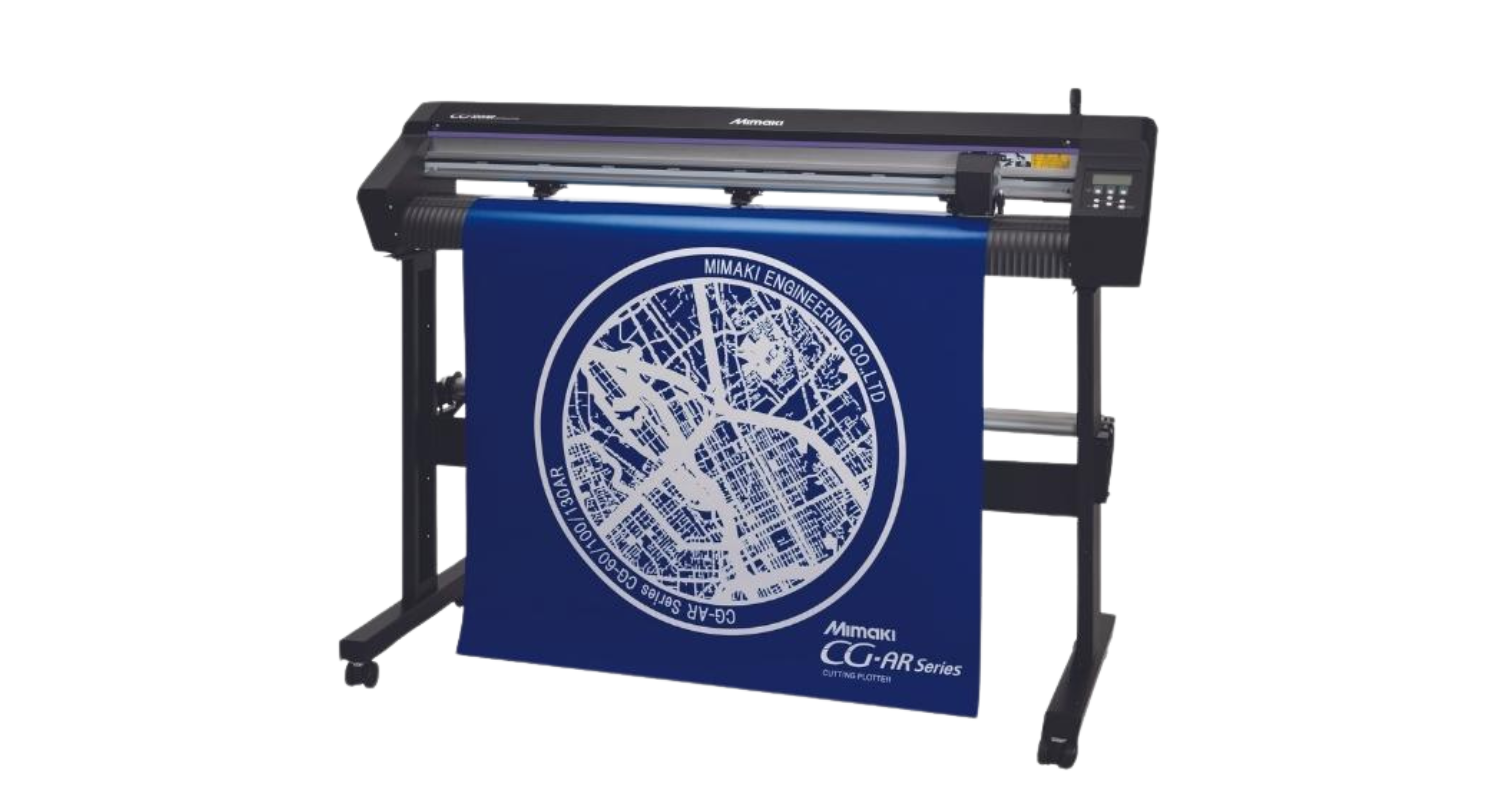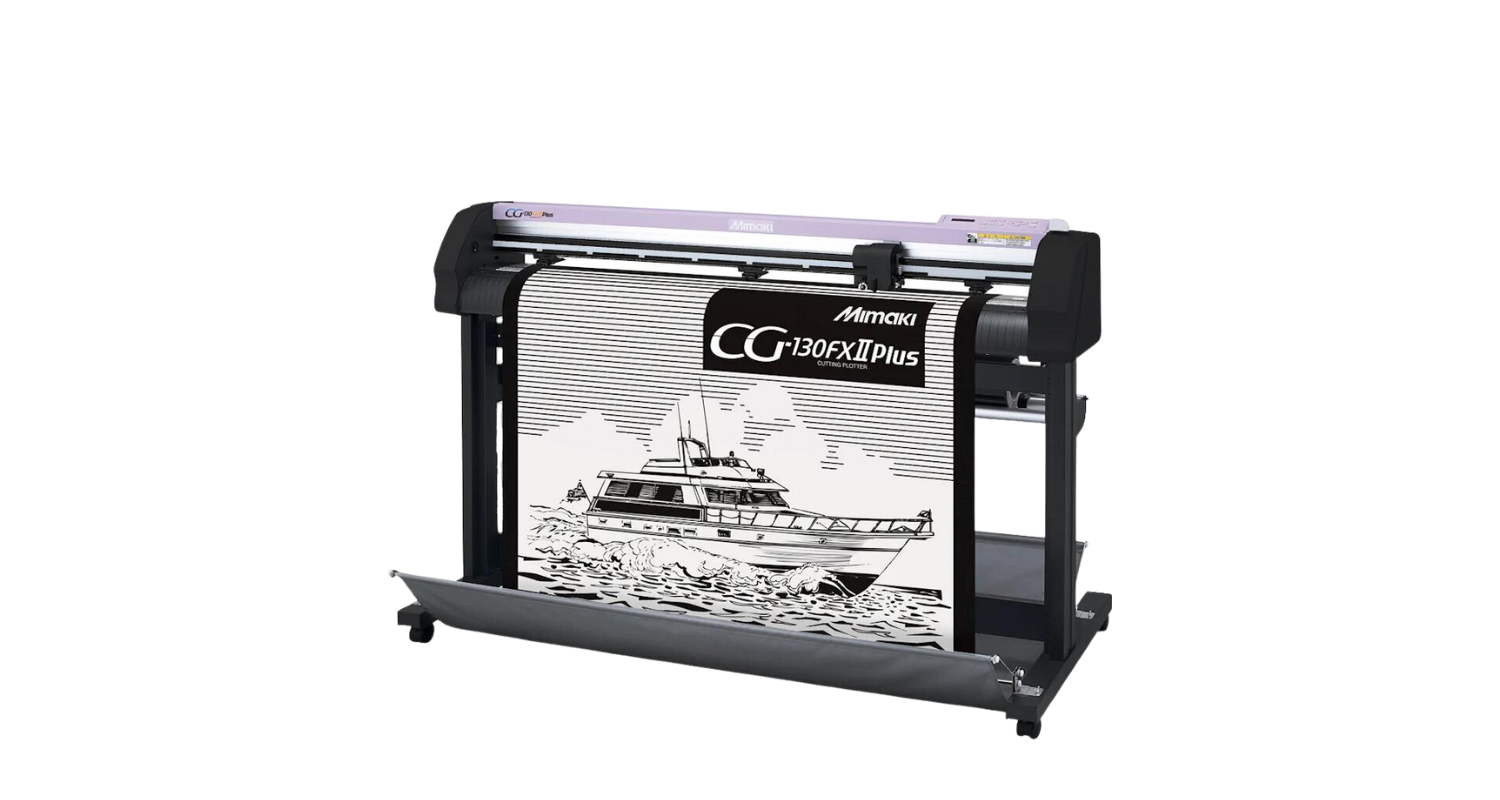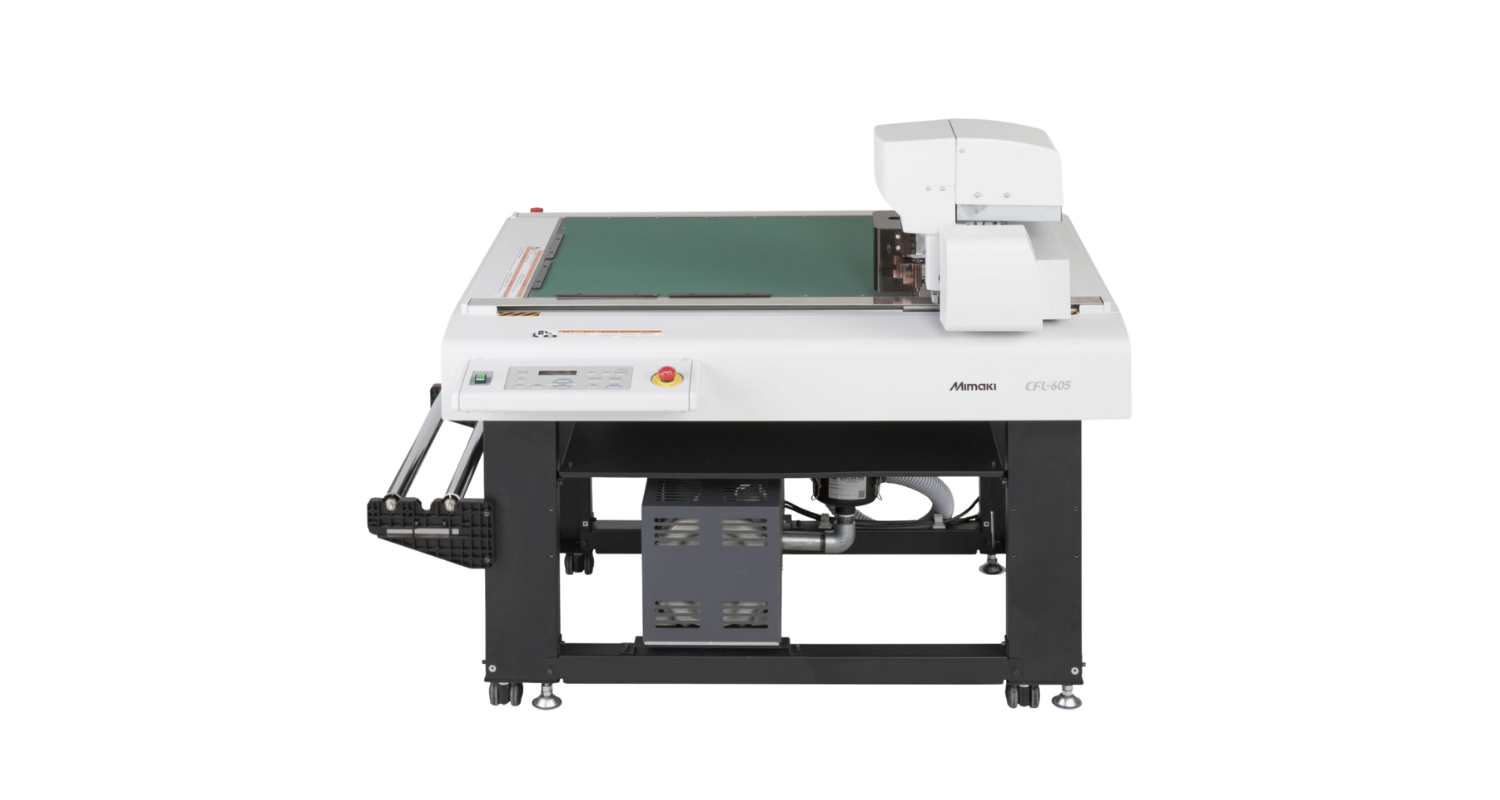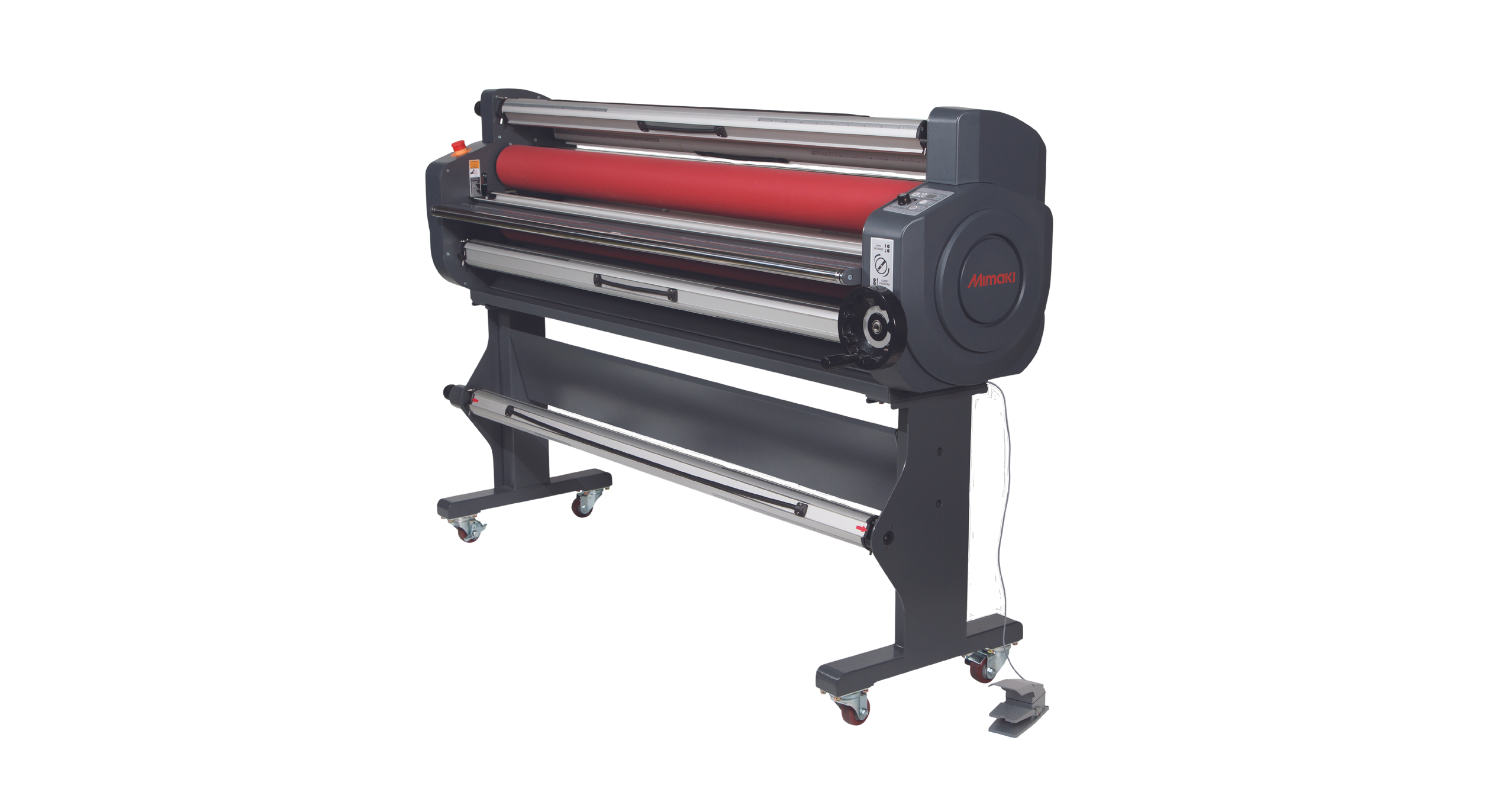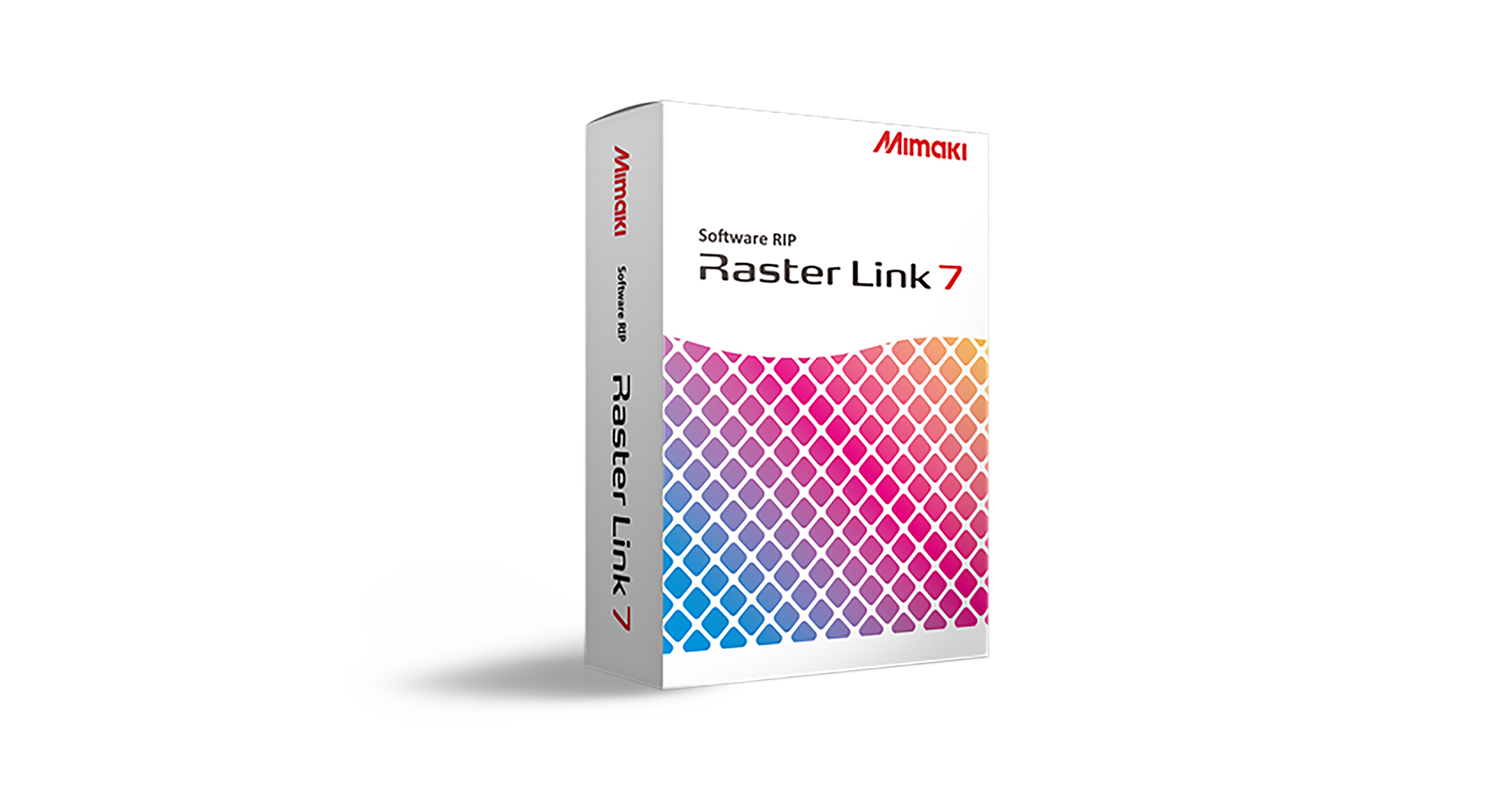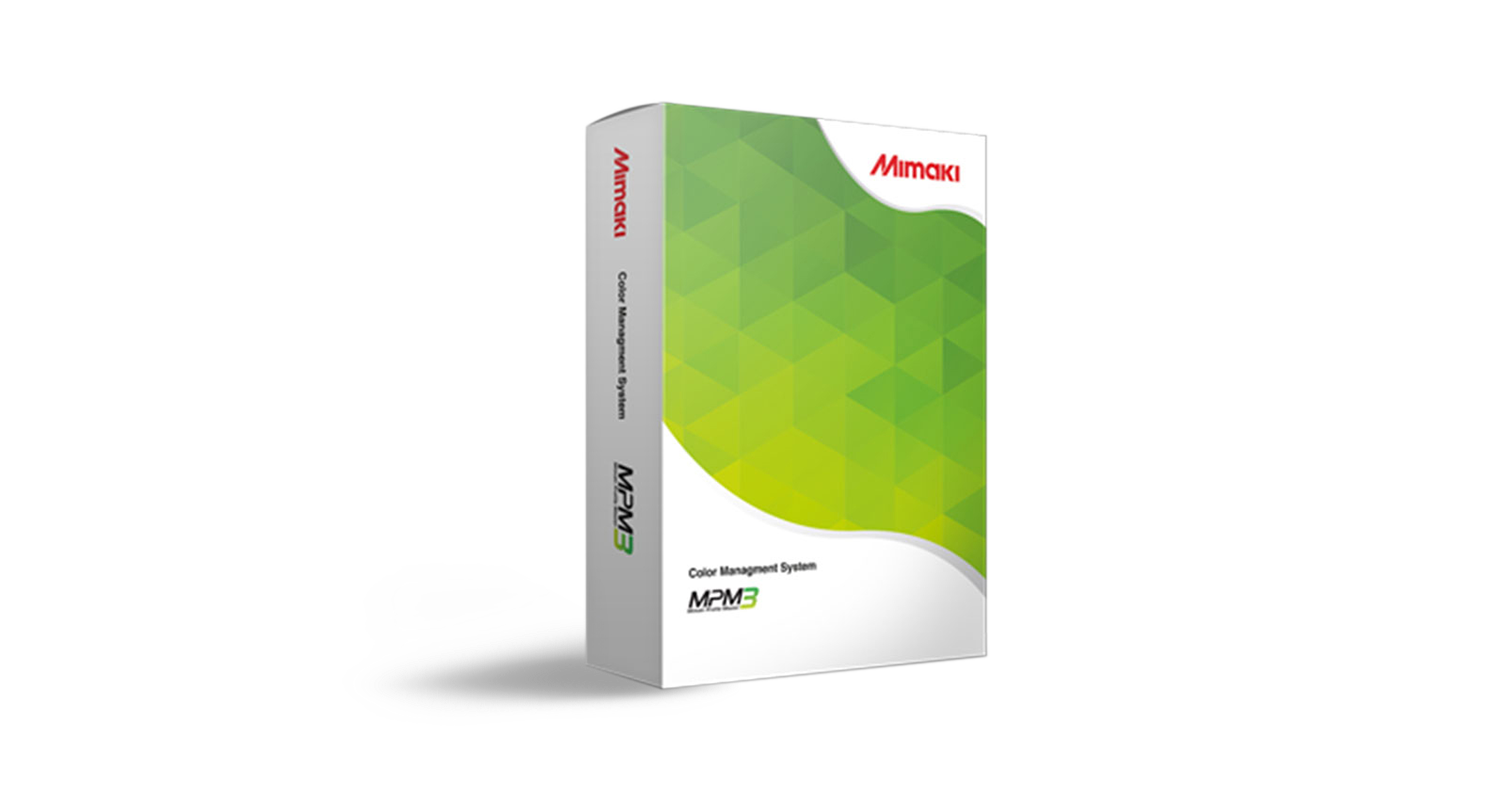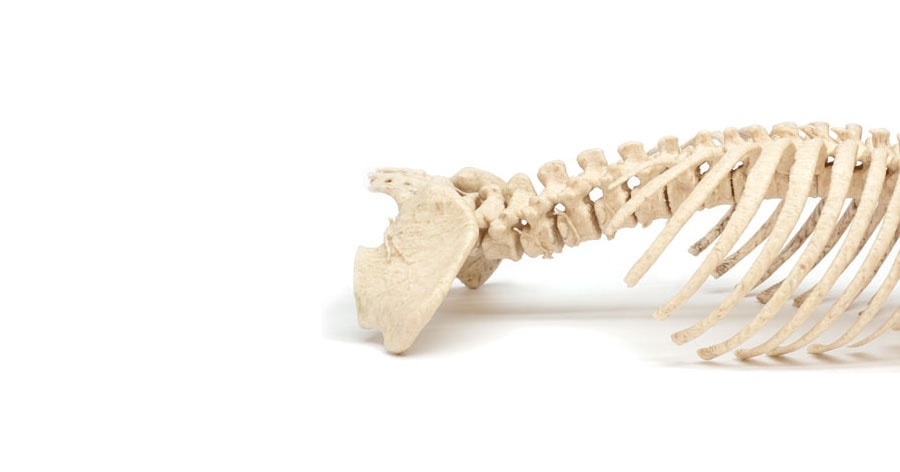PS-Medtech creates photorealistic 3D prints of the human body with Mimaki
The medical industry increasingly generates 3D patient data with MRI, CT and ultrasound equipment. Dutch software company PS-Medtech specialises in the 3D visualisation of these scans of the human body by means of their own imaging software Vesalius3D. The company teamed up with Mimaki to print the images their software generates in full colour. The results are astonishing.
PS-Medtech is a high-tech software company developing software and solutions to visualise medical data. Their technology enables users to isolate organs, bones, blood vessels, veins and tumors on MRI, CTI and ultrasound scans and to view them in 3D. This allows doctors and students to quickly process complex data, sharpen their skillsets, prepare more thoroughly for operations and ensure better overall patient outcomes.
Arjen Brinkman, Director at PS-Medtech, explains how customer requests had the company expand their software with 3D print functionality: “In 2015 the media reported extensively on Baby Jasmijn, a three-month-old baby with a very complex heart defect. The team at the University Medical Center in Leiden had a 3D print of her heart created by a Spanish company. It wasn’t long before doctors contacted us to integrate a 3D functionality in our software. We made it happen within a few months.”
Photorealistic prints
The 3D print technology evolved rapidly after that. In 2018, PS-Medtech met with Mimaki, who had just launched their revolutionary full-colour 3DUJ-553 3D printer. A cooperation quickly emerged to repurpose the PS-Medtech generated 3D data and produce prints of body parts and organs.
“The medical market is increasingly relying on our solutions due to the advances of MRI technology”, Brinkman states. “We provide lab technicians with the means to make the absolute most of that data via 3D visualisation. With our software, they can now isolate different organs and export these as print-ready files. The Mimaki 3DUJ-553 can print in ten million colours by adding photorealistic textures to render unparalleled realism. An extremely powerful combination. It’s very hard to tell the Mimaki printed organs from the real ones.”
Conference feedback
The first results of the Mimaki PS-Medtech cooperation were presented publicly on January 30 and 31, 2019 during the 3D Medical Printing Conference. Jordi Drieman, 3D Application Expert at Mimaki Europe, attended the show and received a lot of positive feedback on the 3D printed medical models: “Visitors were clearly impressed with the realism of our prints. A bit too realistic even for some, bordering on creepy. I can’t tell you how many times people asked if we collaborate with the Body World exposition in Amsterdam.” said Drieman.
Unique features
What makes the Mimaki 3D printer so unique is that it can produce no less than 10 million colours and uses ICC profiles for incredibly accurate and consistent colour management. “Comparable printers by other suppliers can only print up to 500,000 colours and you can’t deny the difference.” Drieman stresses. “That’s how you can tell a photorealistic printed organ from a standard coloured anatomic model. By using water-soluble inks, the printer can also manage very complex prints. Just think of a lung cross-section complete with air ducts and veins.” Another important added value, according to Brinkman: “Next to the photorealistic colour rendering, I like the fact that Mimaki is able to print extremely delicate structures without any interruption – it’s magnificent.”
Cooperation
3D print technology has been used by universities and hospitals for many years, but never in full colour. PS-Medtech’s clients have already shown a keen interest in the new feature.
“There’s an obvious need for 3D printed patient data, especially when it comes to highly complicated operations”, Brinkman says. “Surgeons want to be fully prepared by handling a printed organ and checking if they can reach whatever they need to reach with their instruments. They often only have flat images without any depth or texture, so interpretations remain highly subjective. With 3D prints, you can visualise what you’re going to do, illustrating every single step.”
The future cooperation between PS-Medtech and Mimaki looks very promising. “Full-colour 3D printing of medical data has enormous potential for this market”, Drieman adds. “And not just for the medical staff and their patients – educational institutions can equally benefit from these advances. Just imagine photorealistic models of human anatomy or demo models of exceptional medical treatments!”


